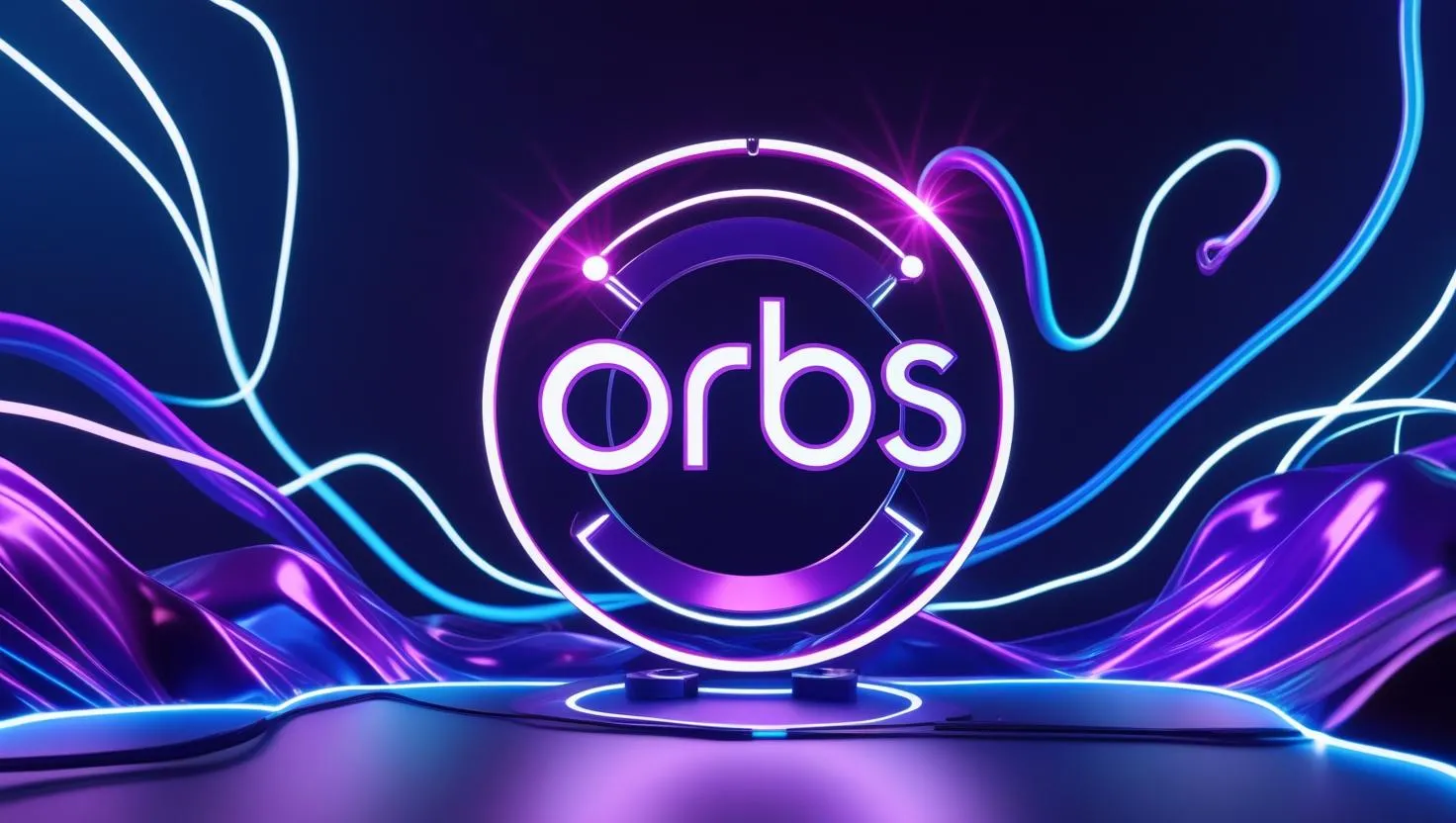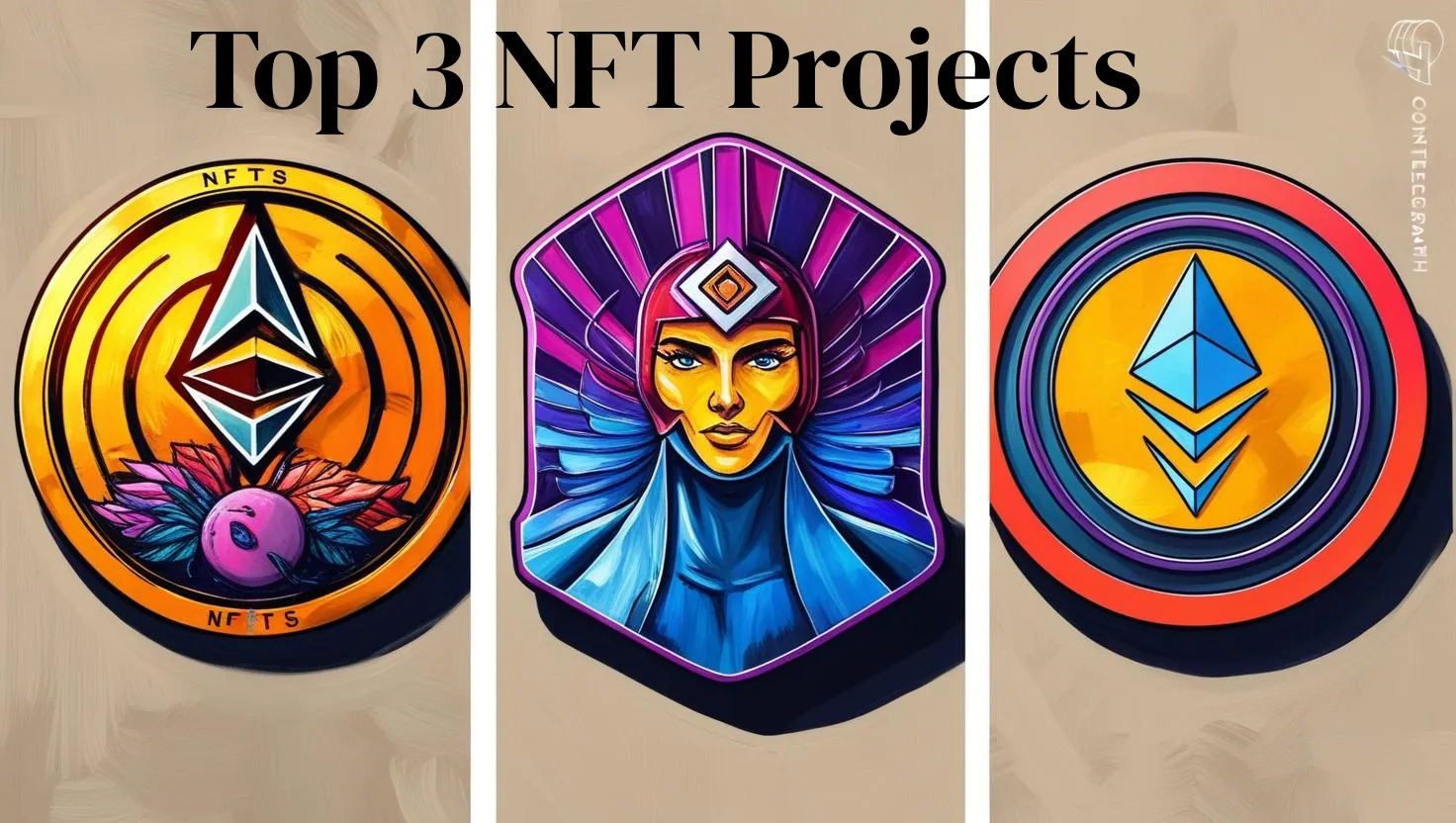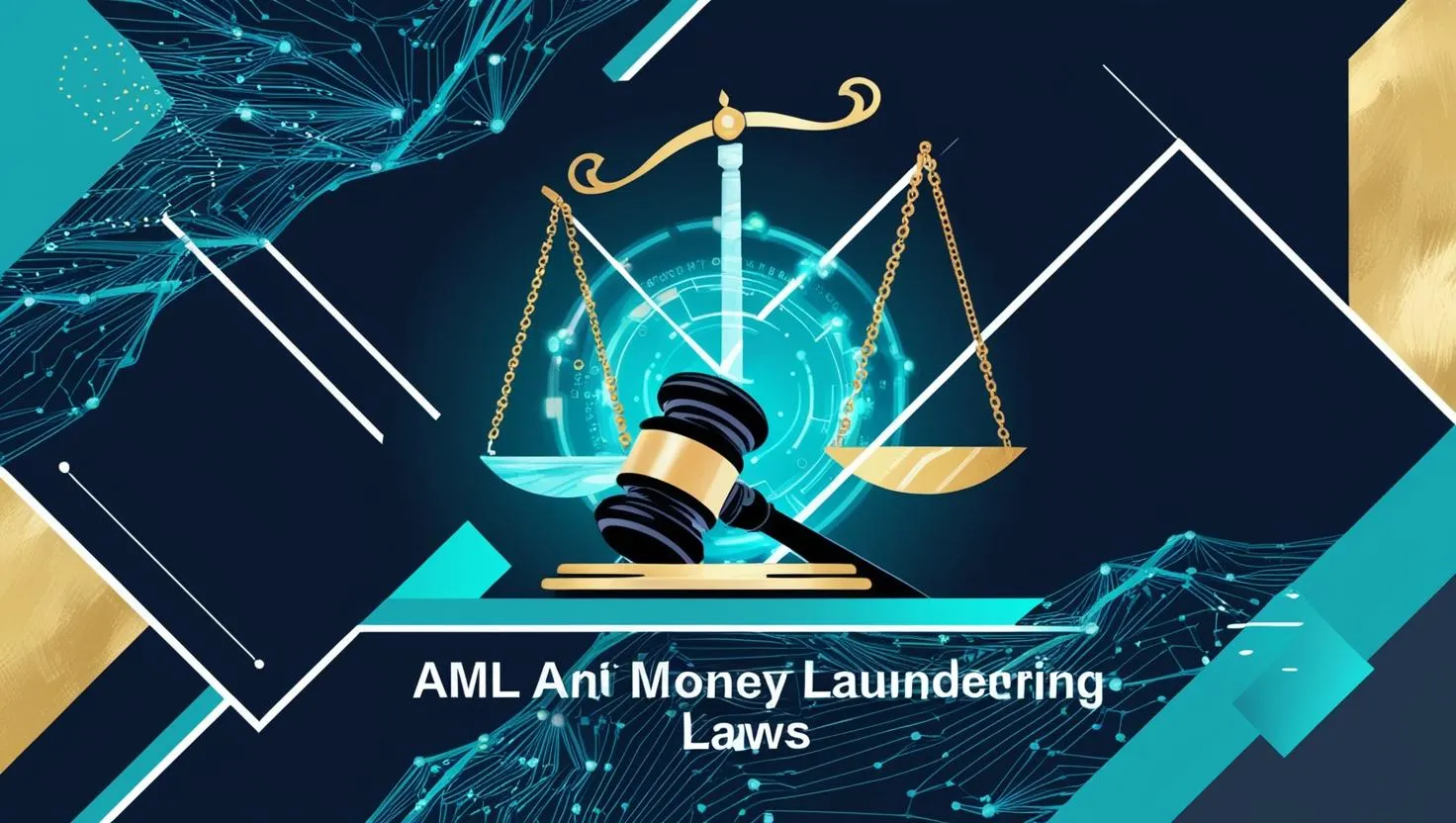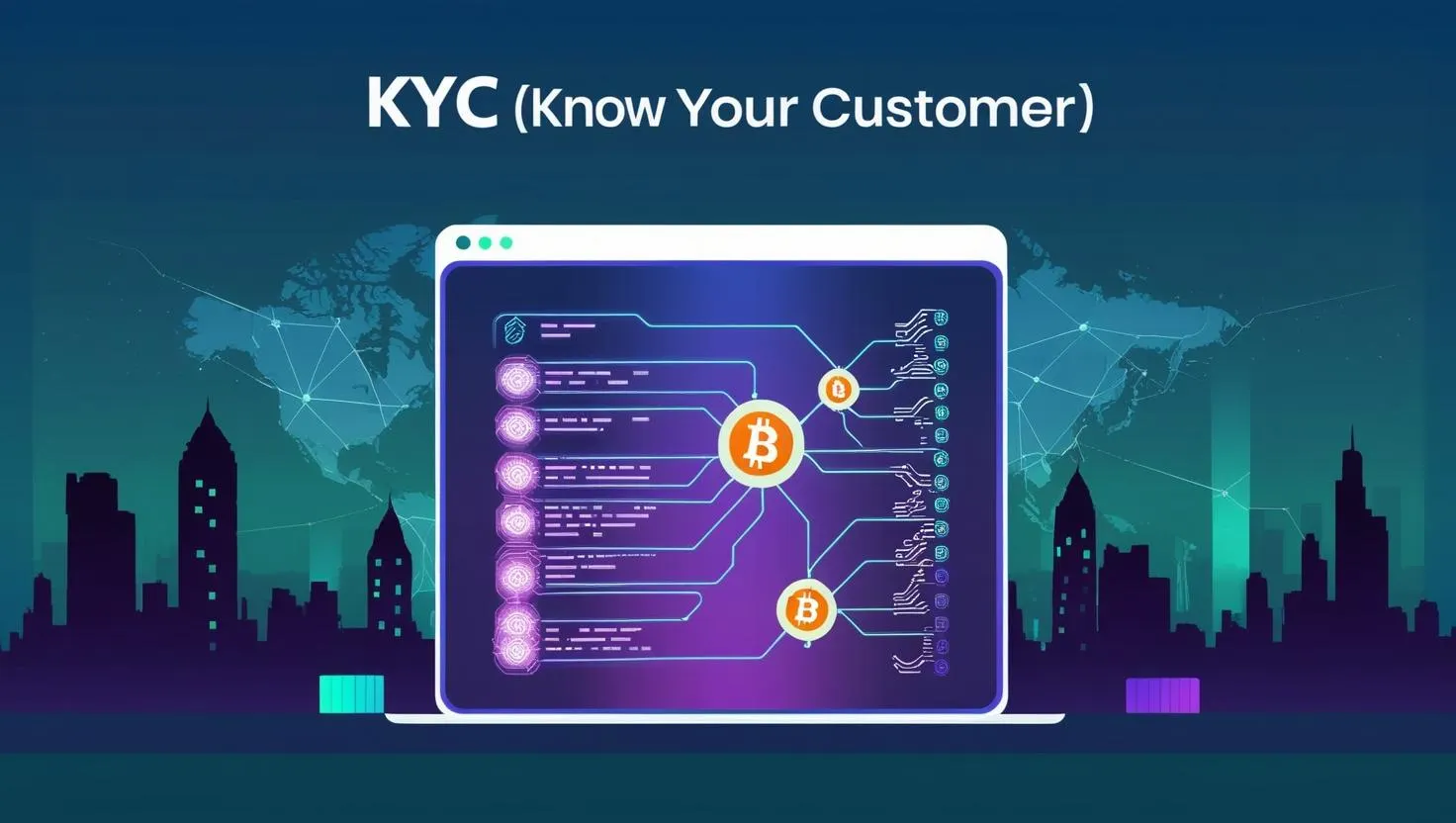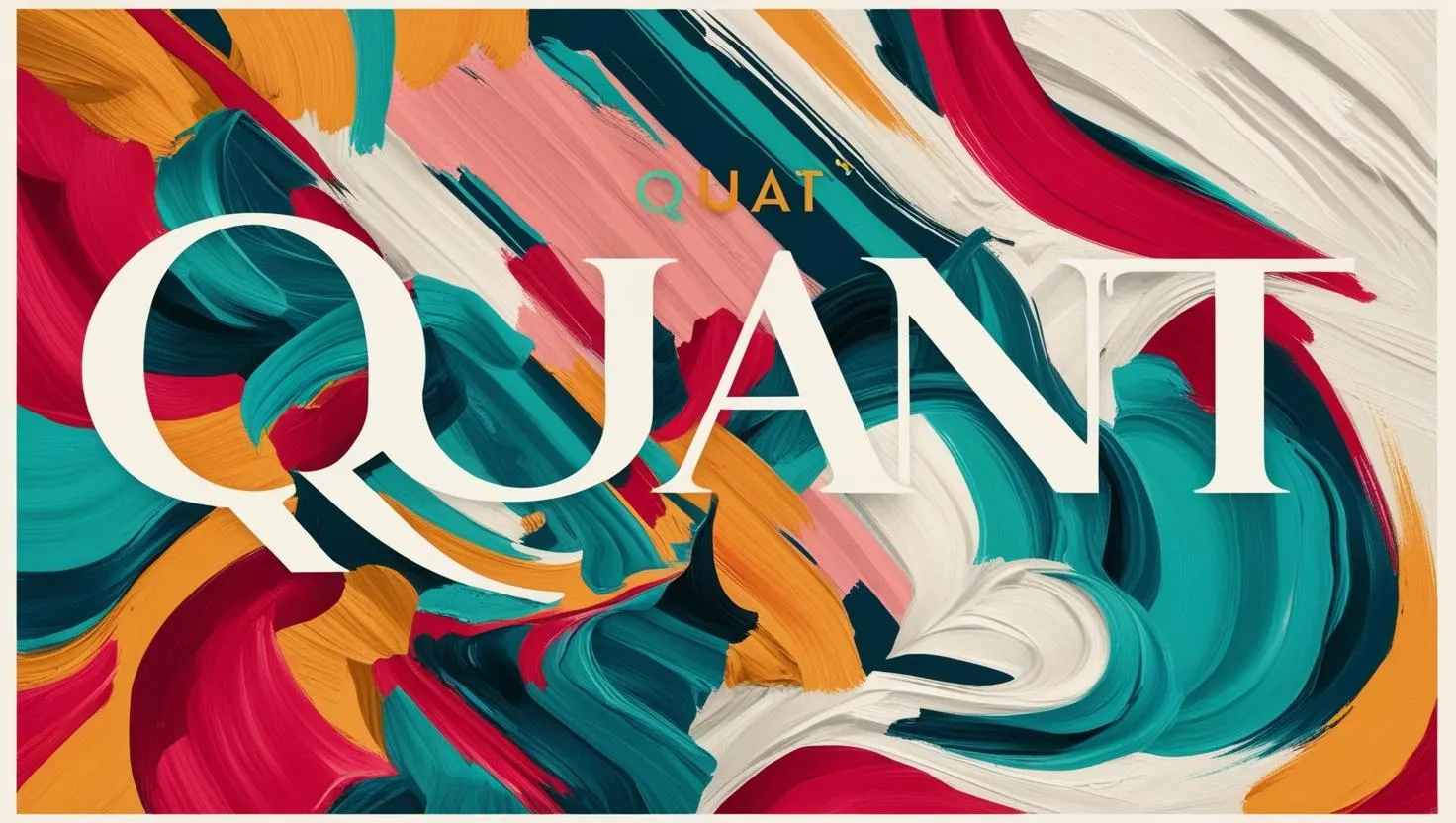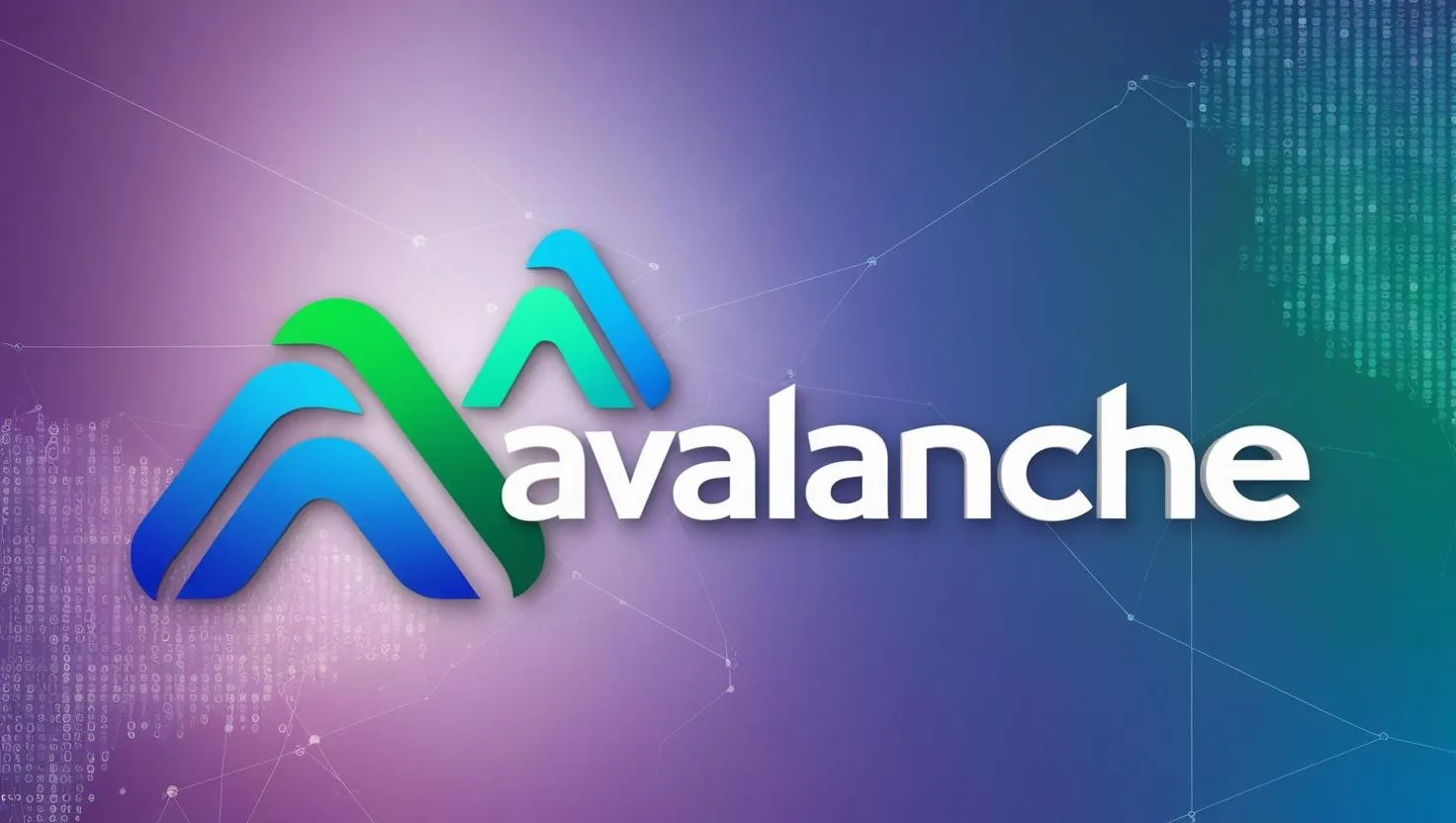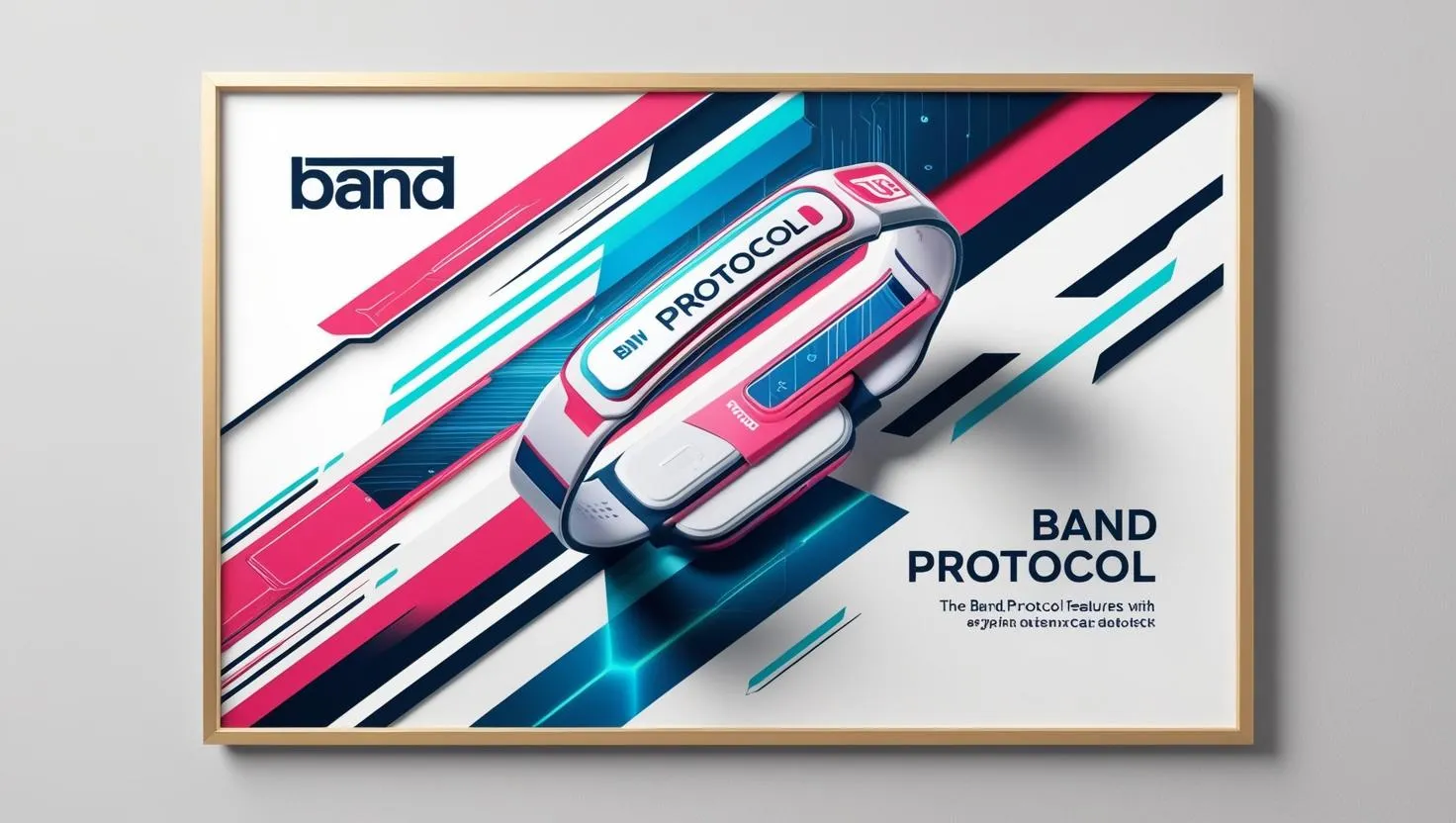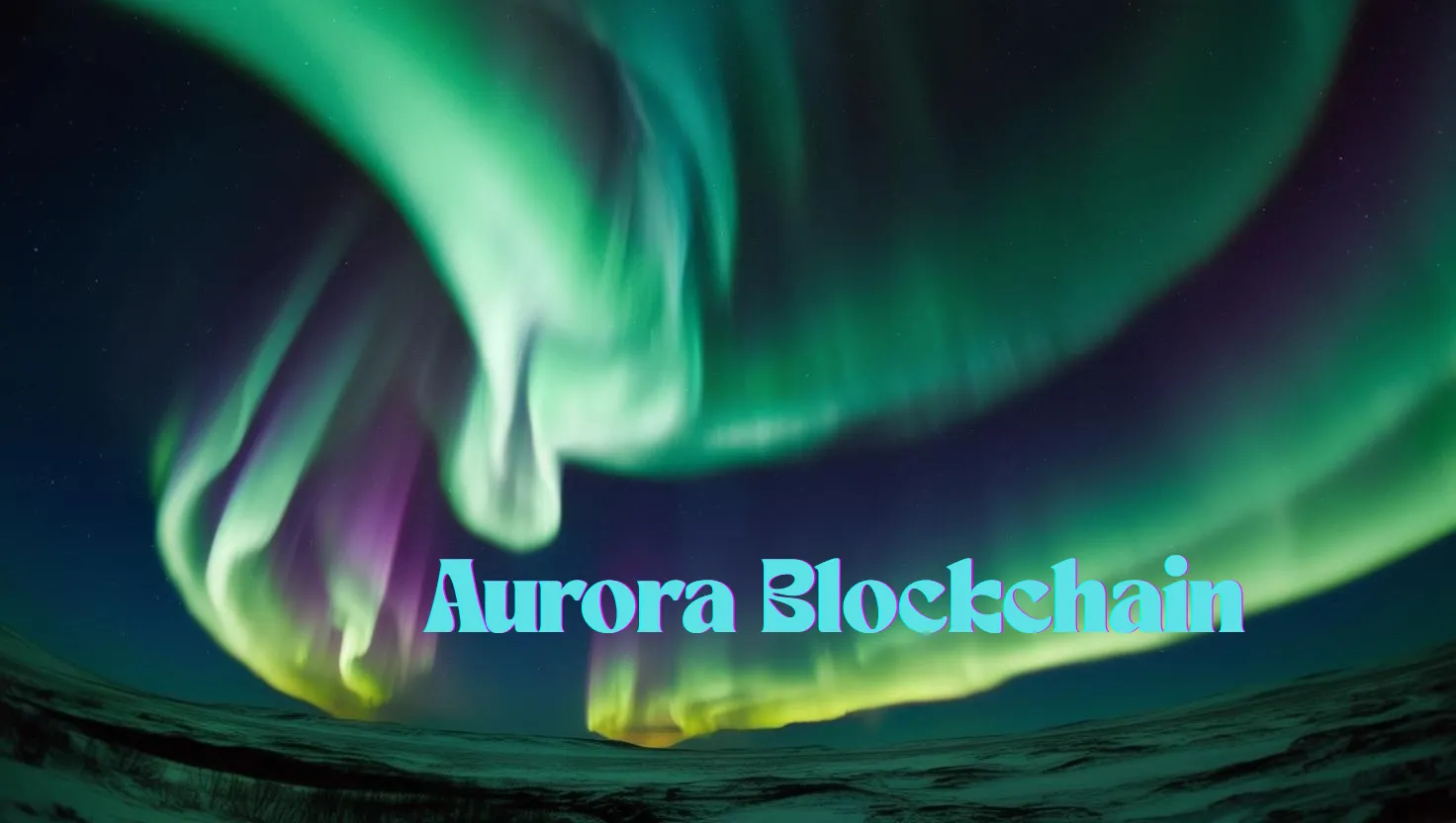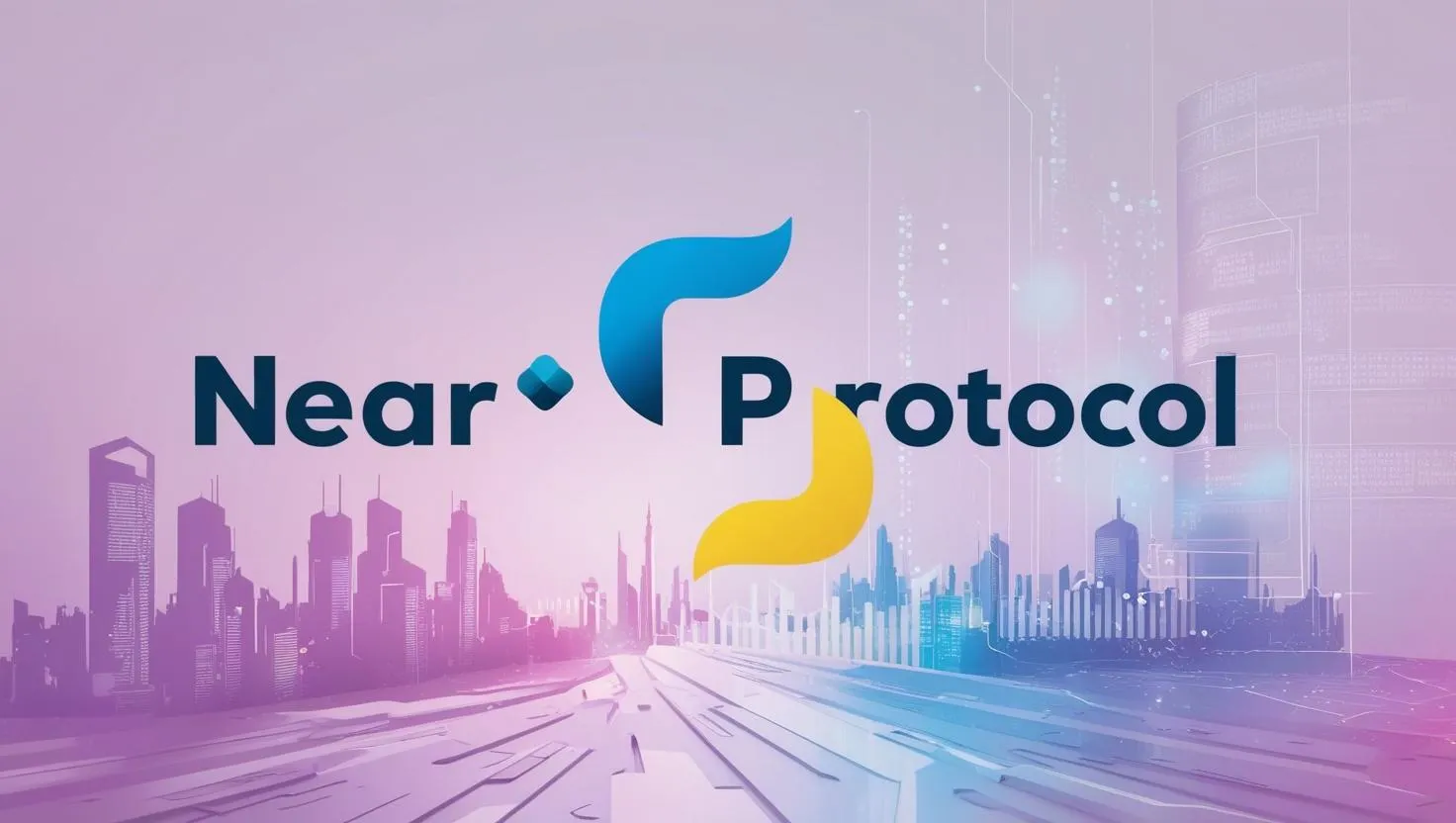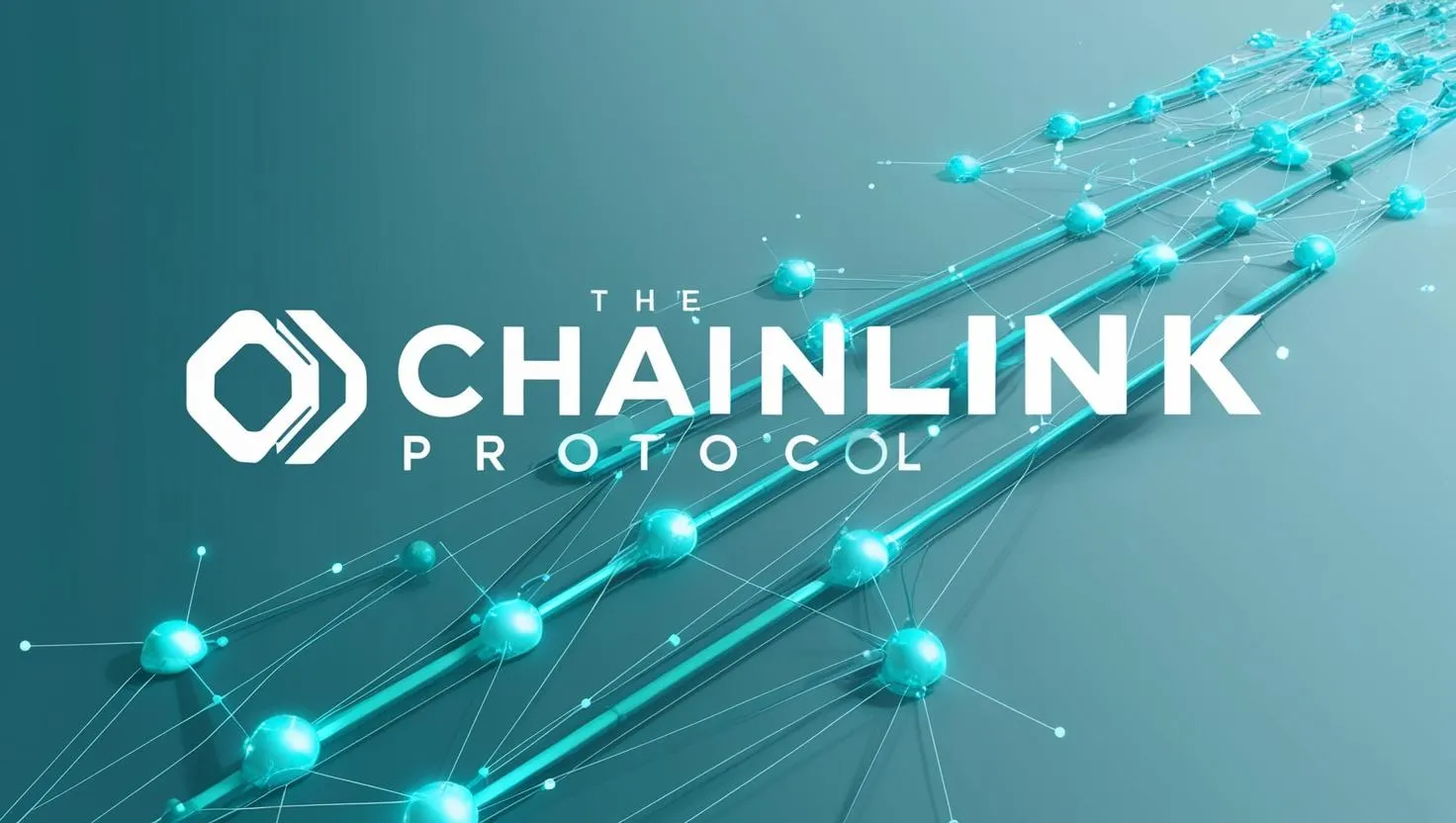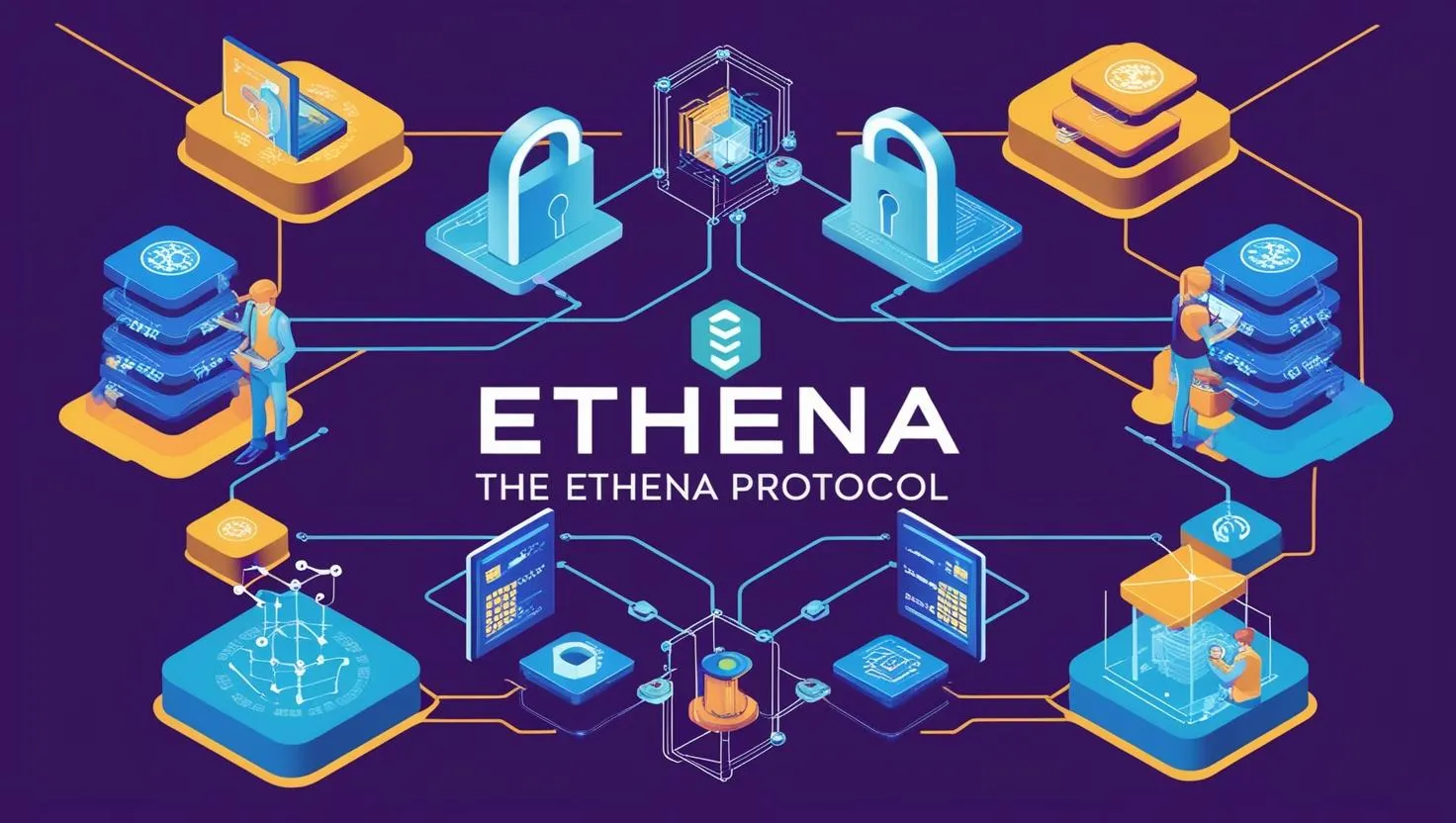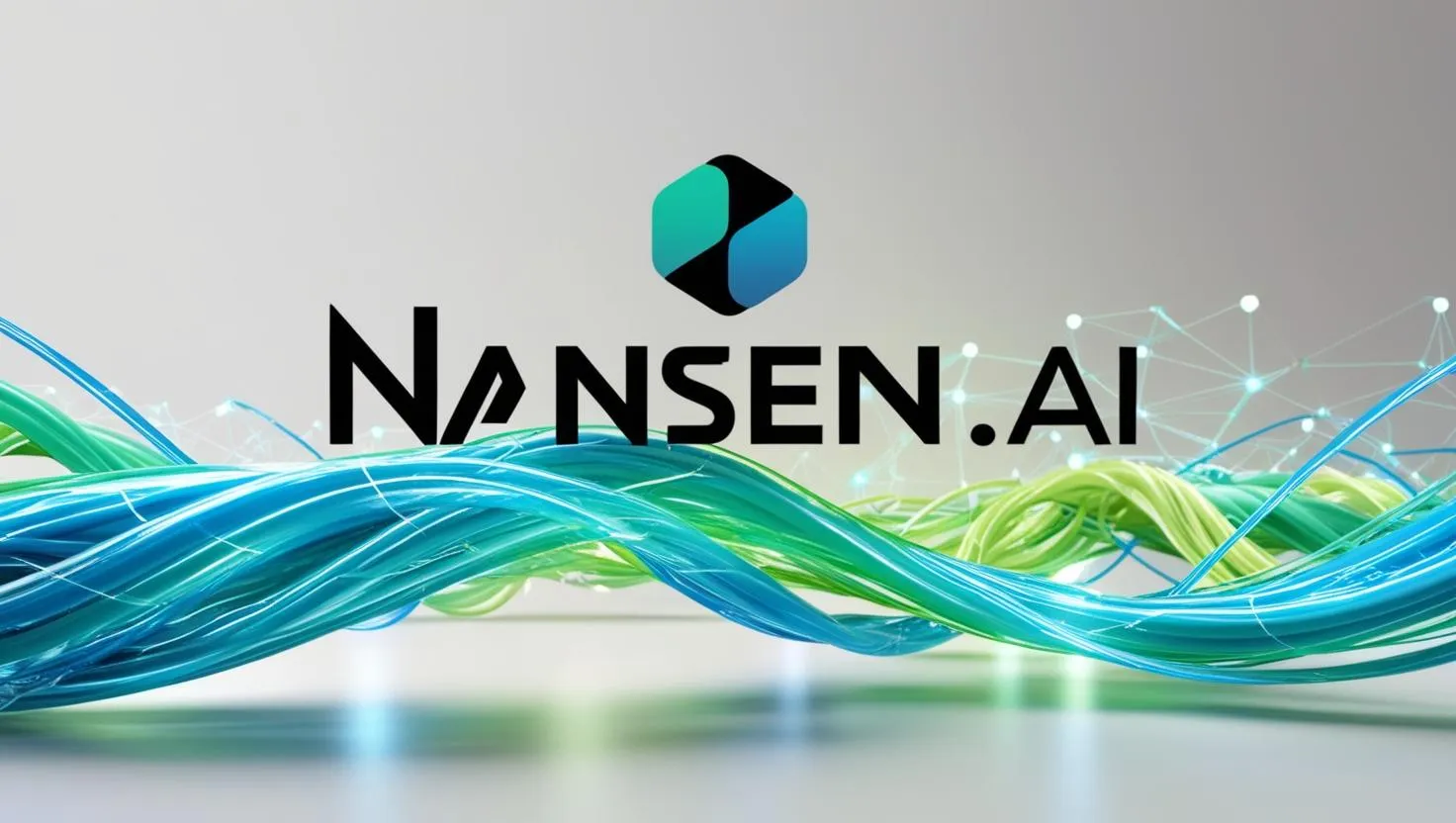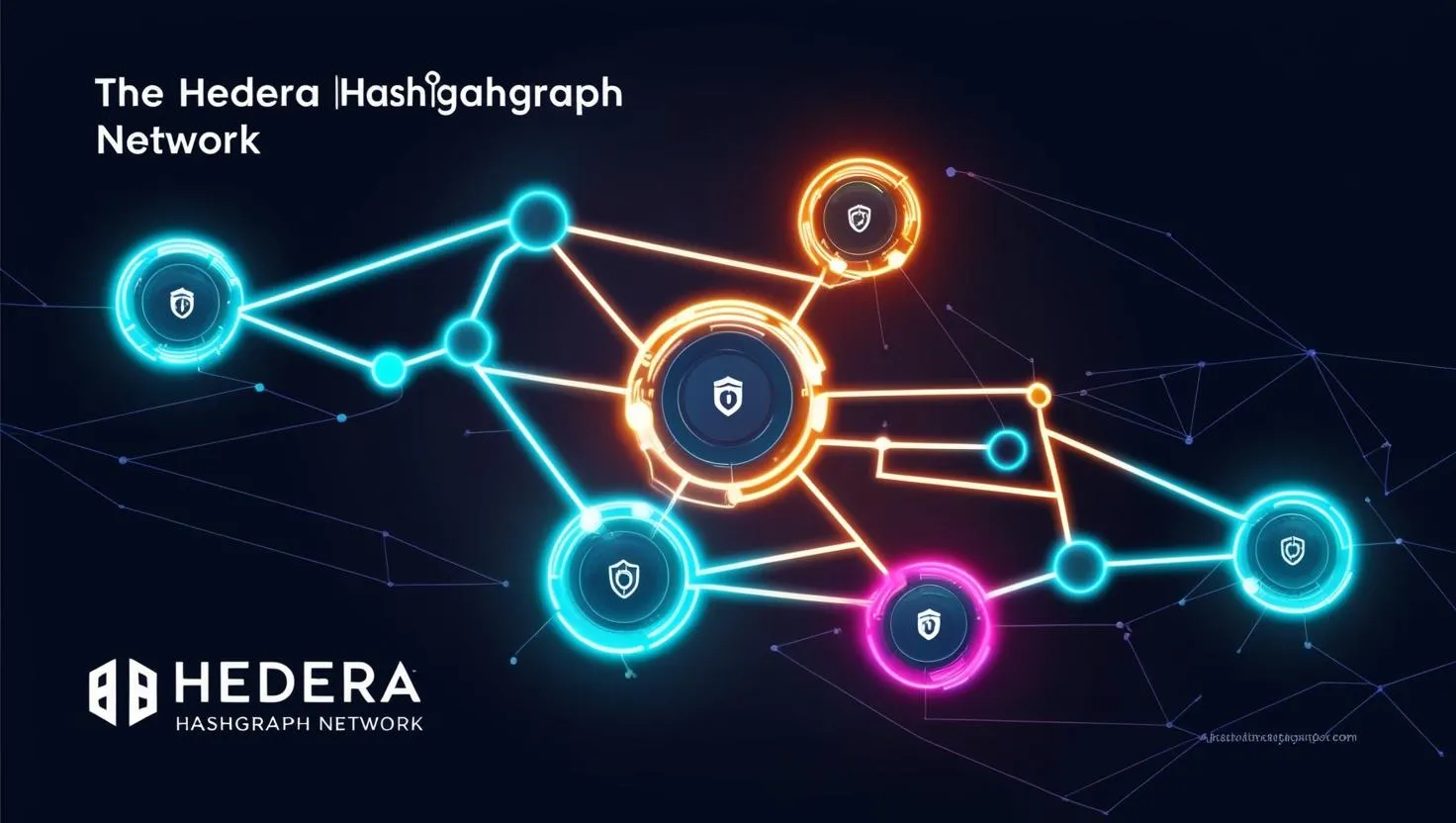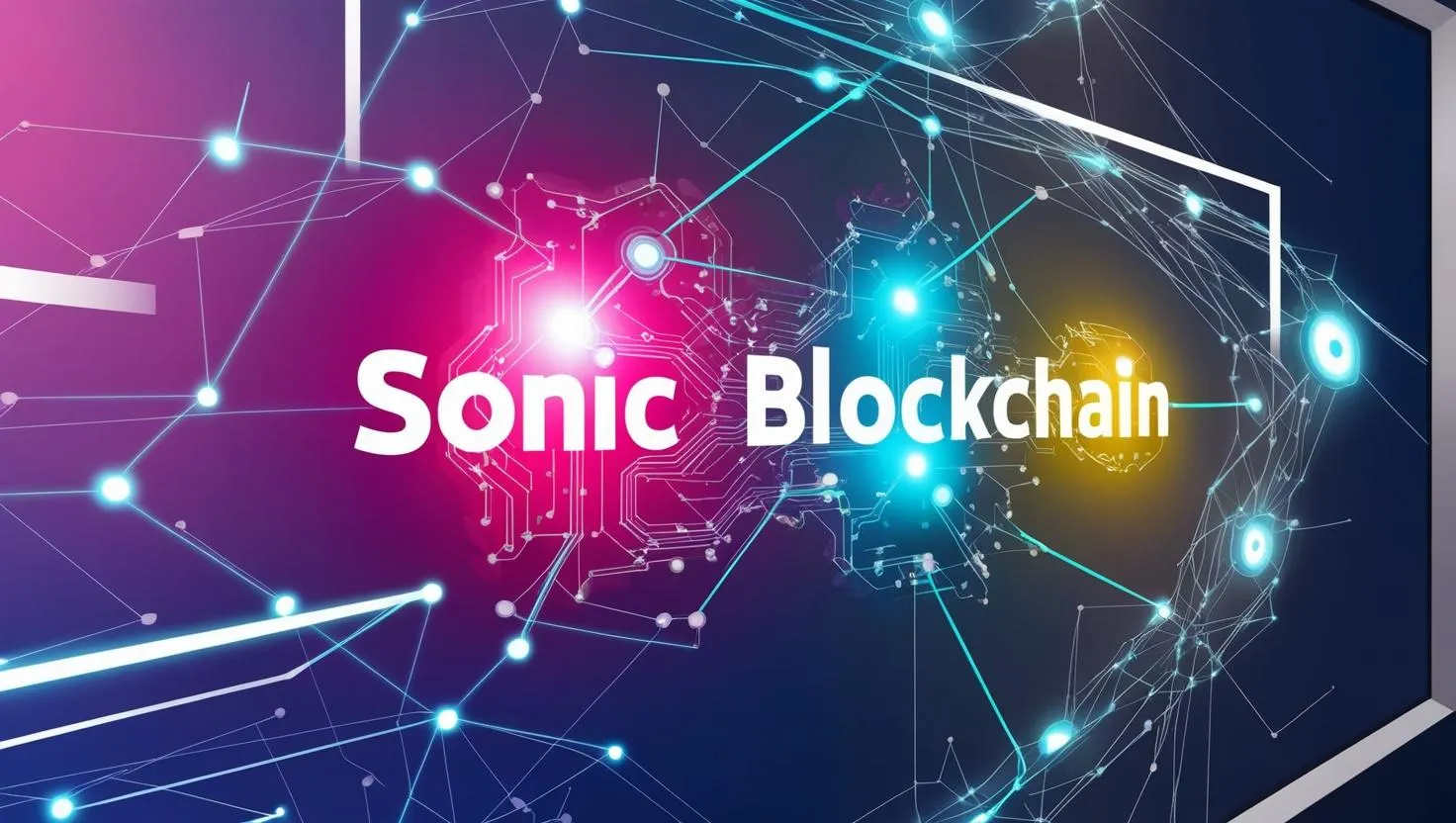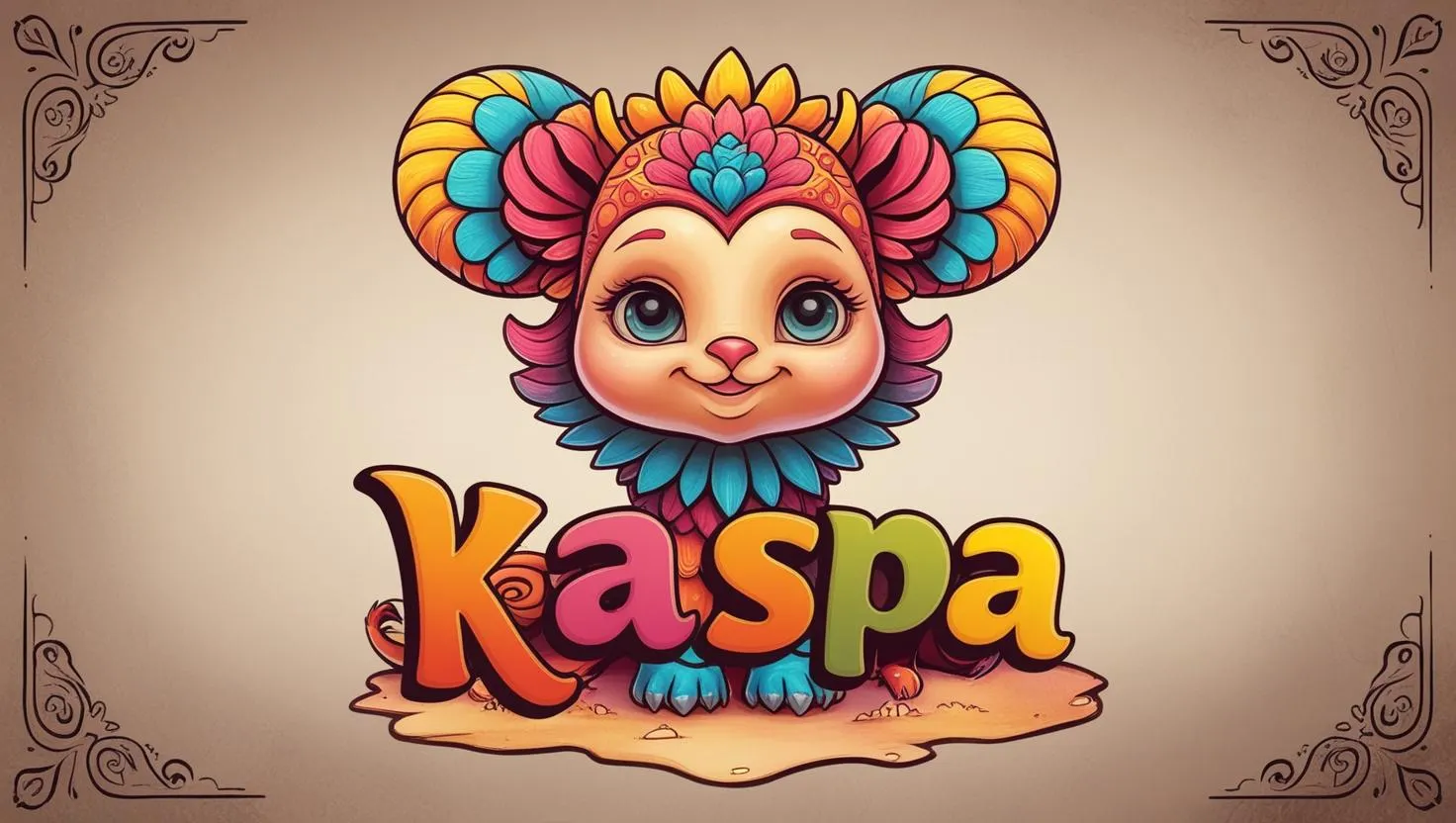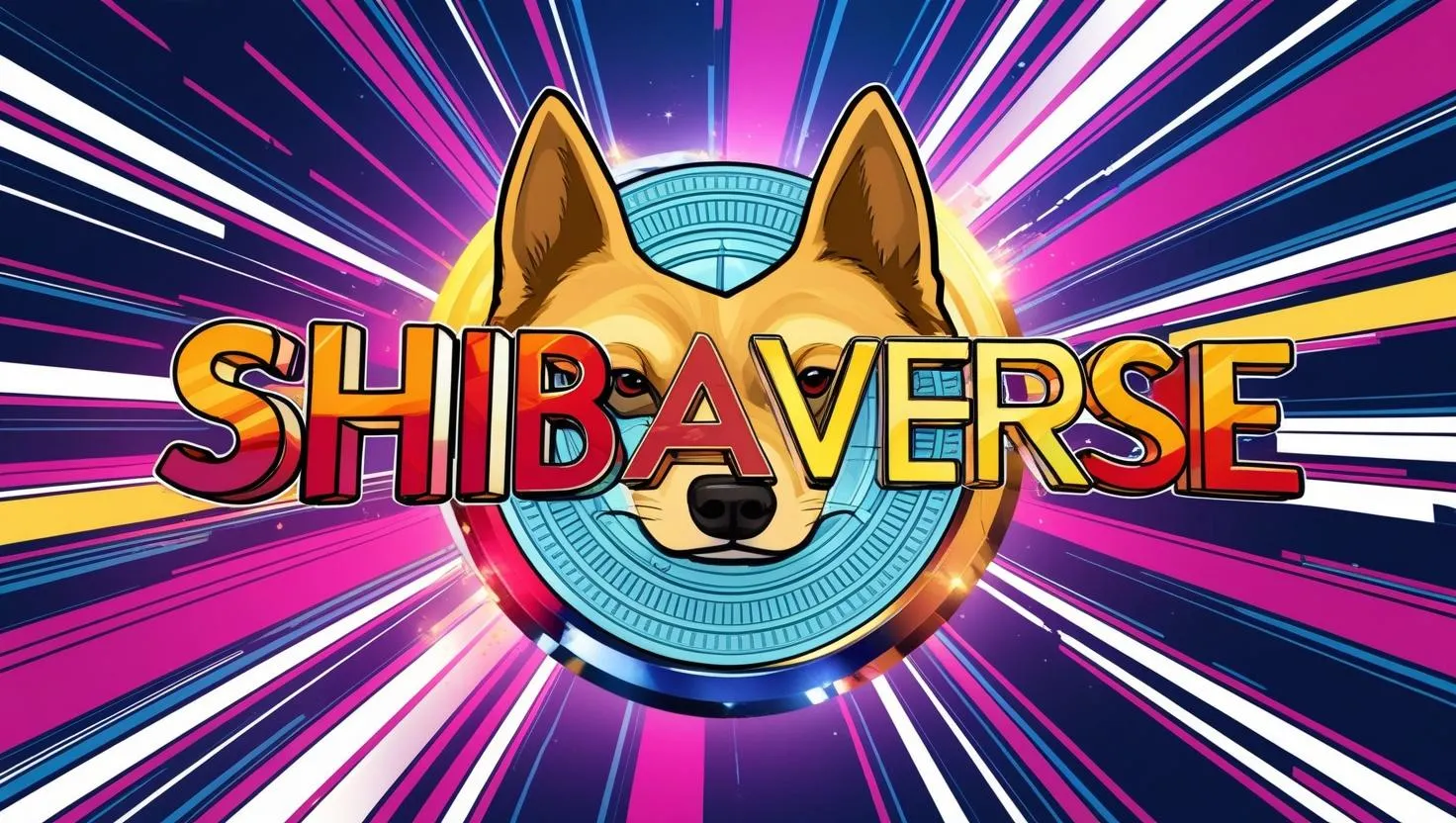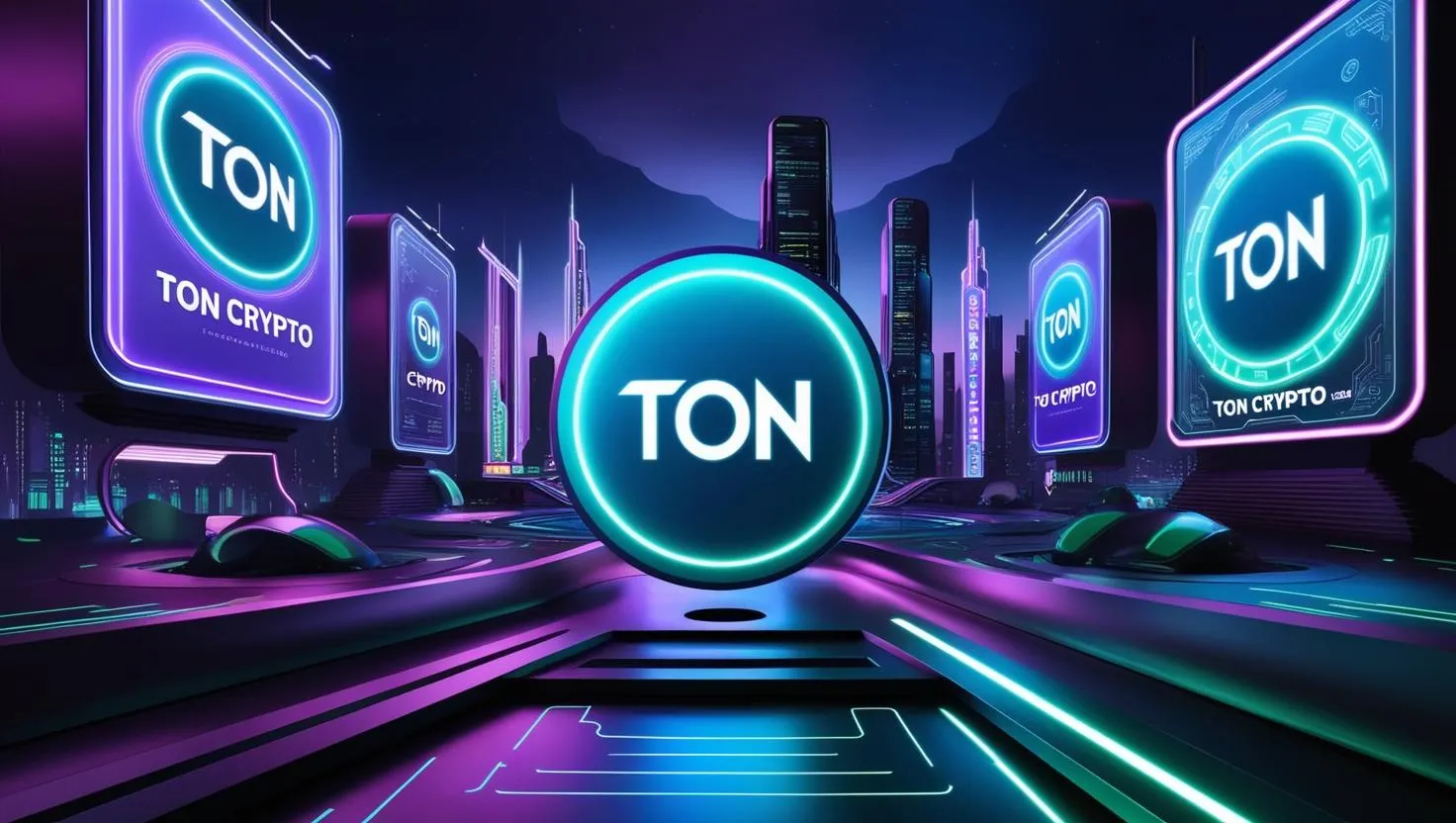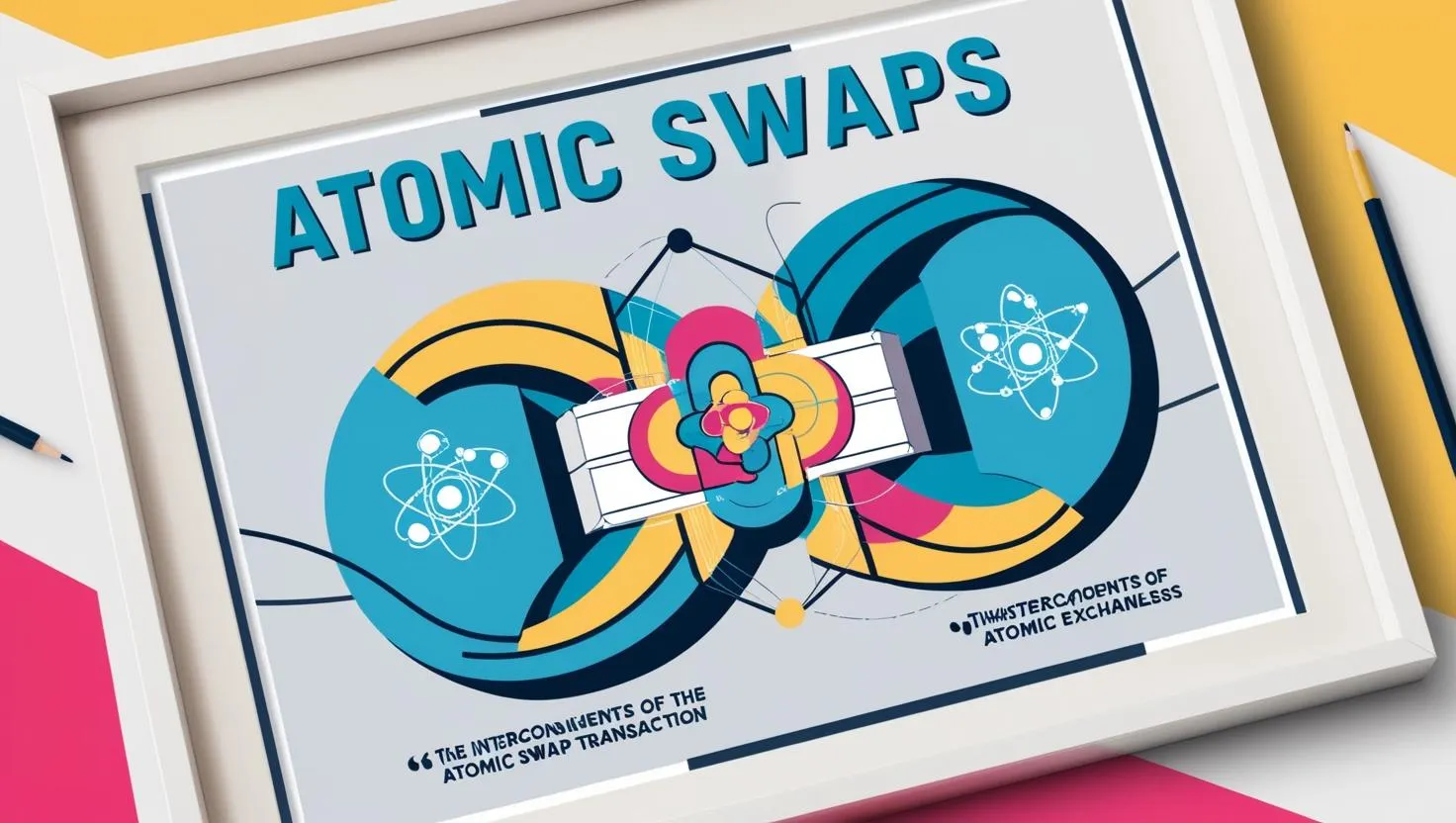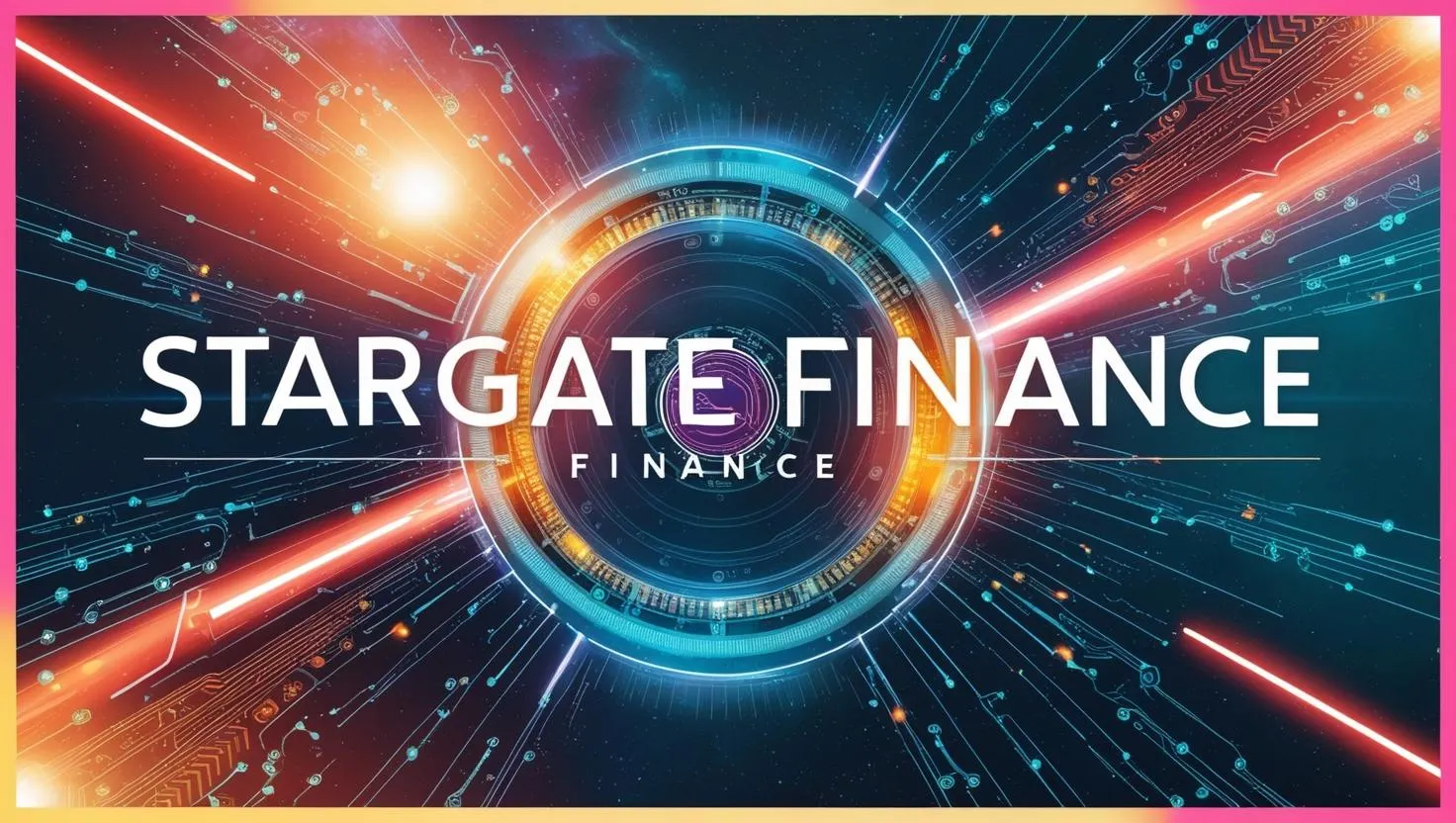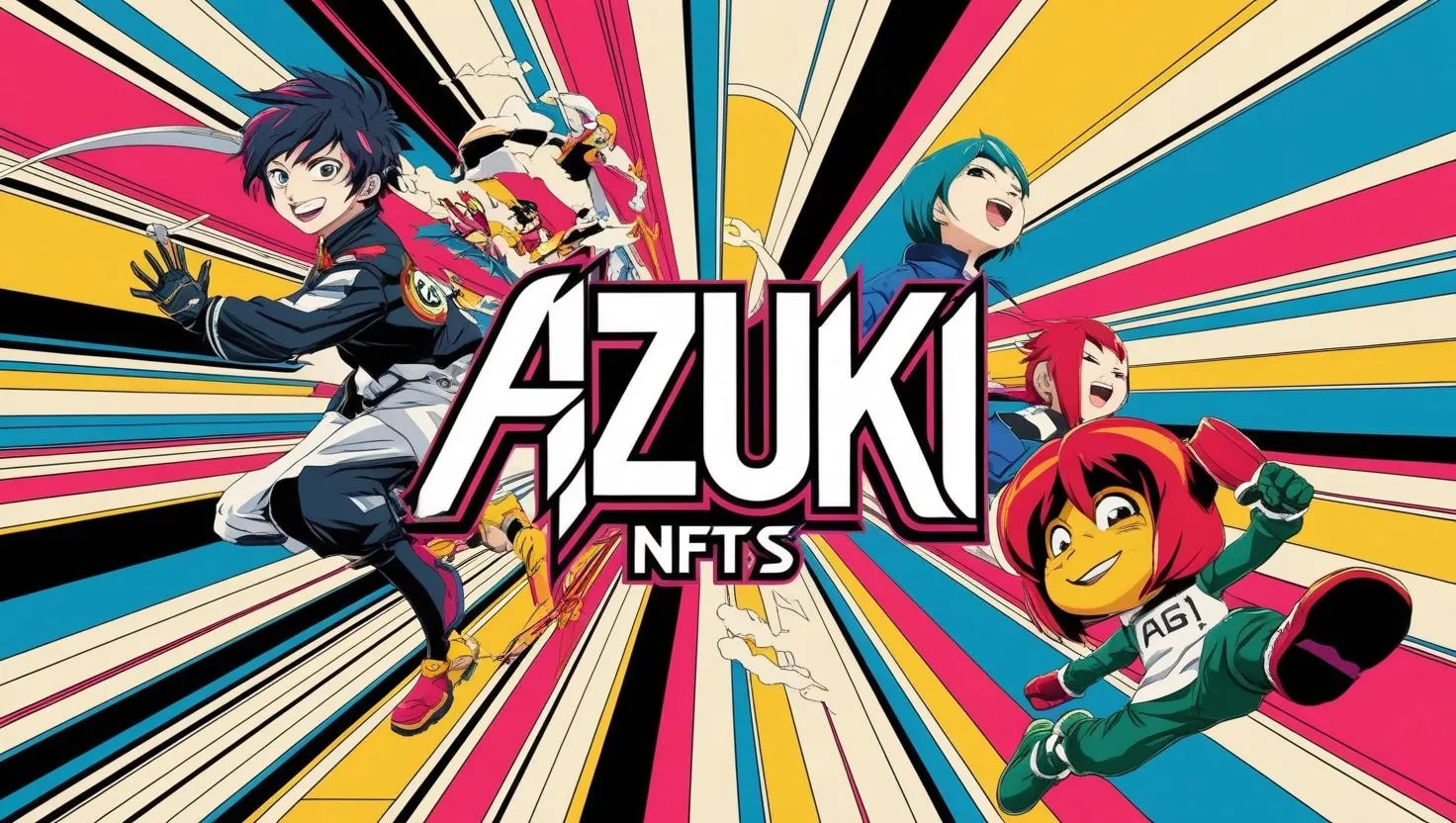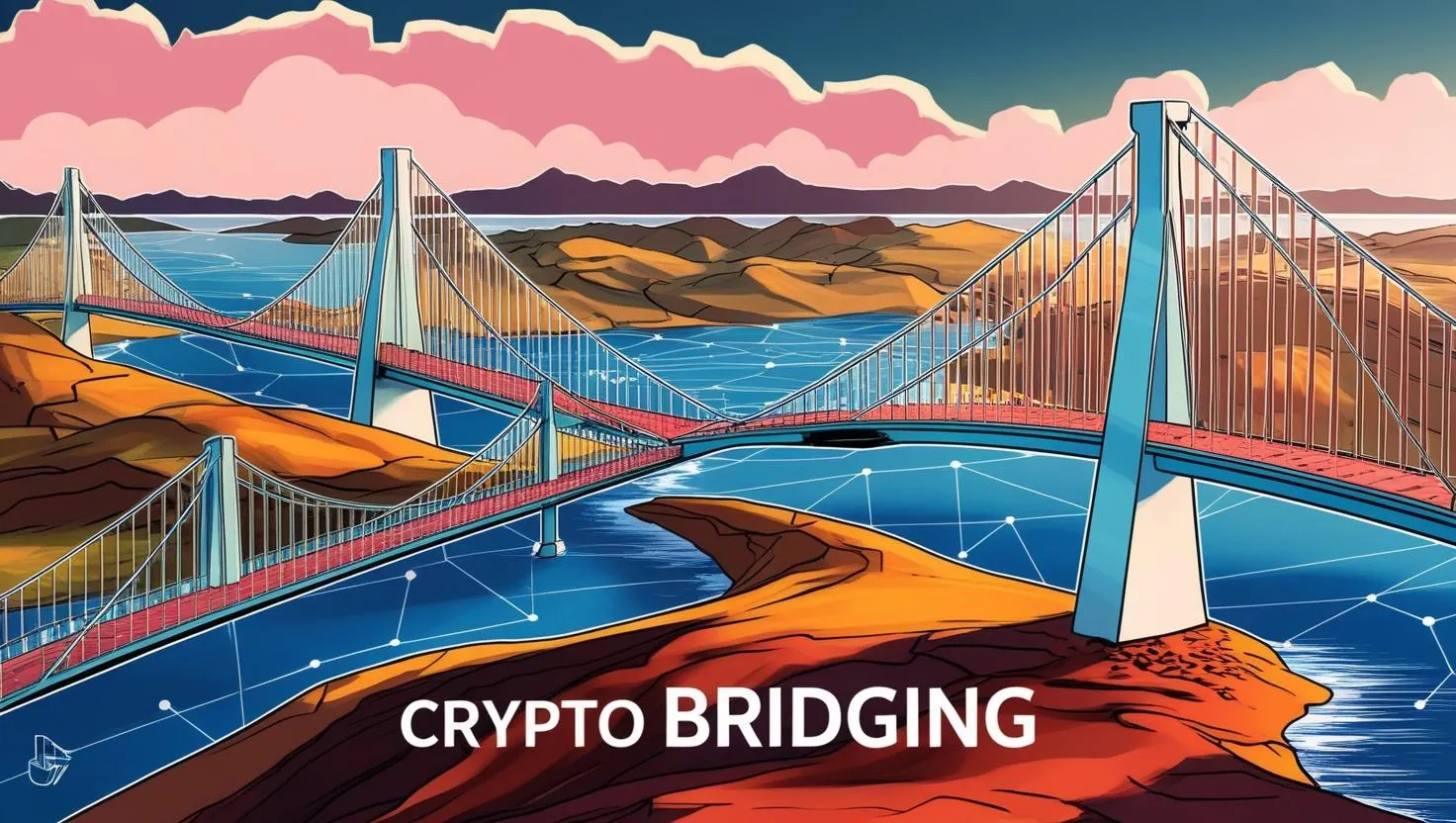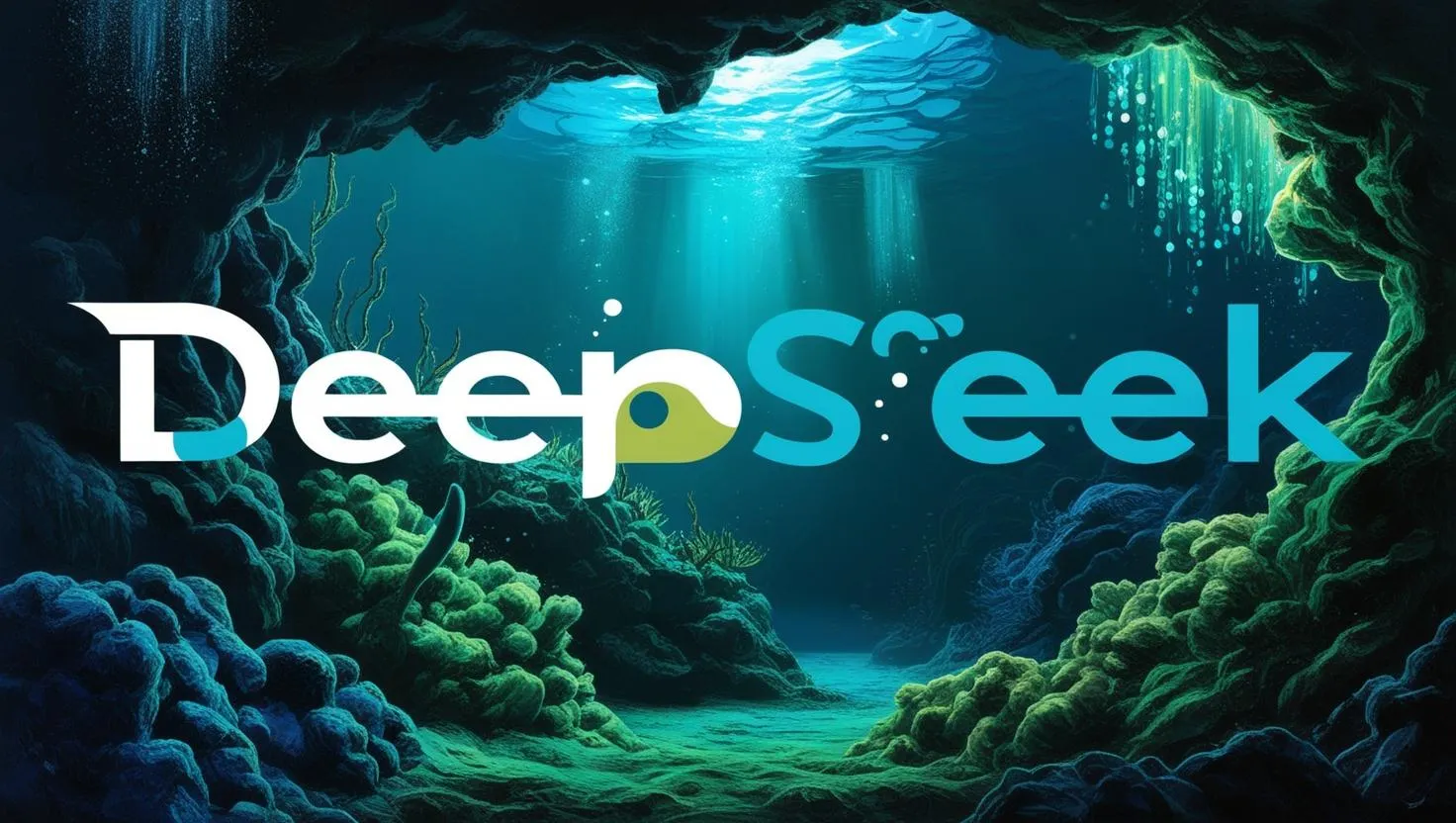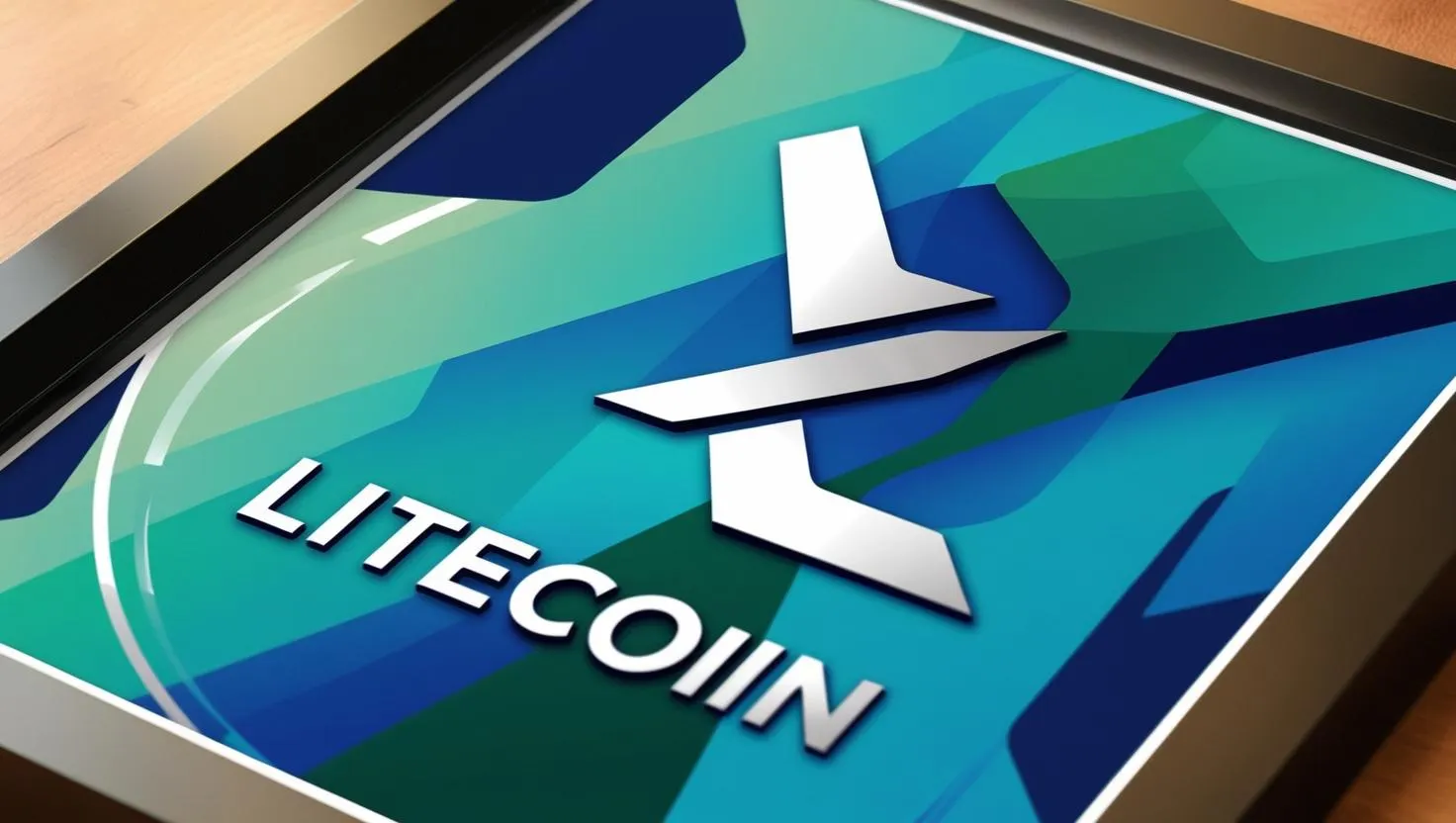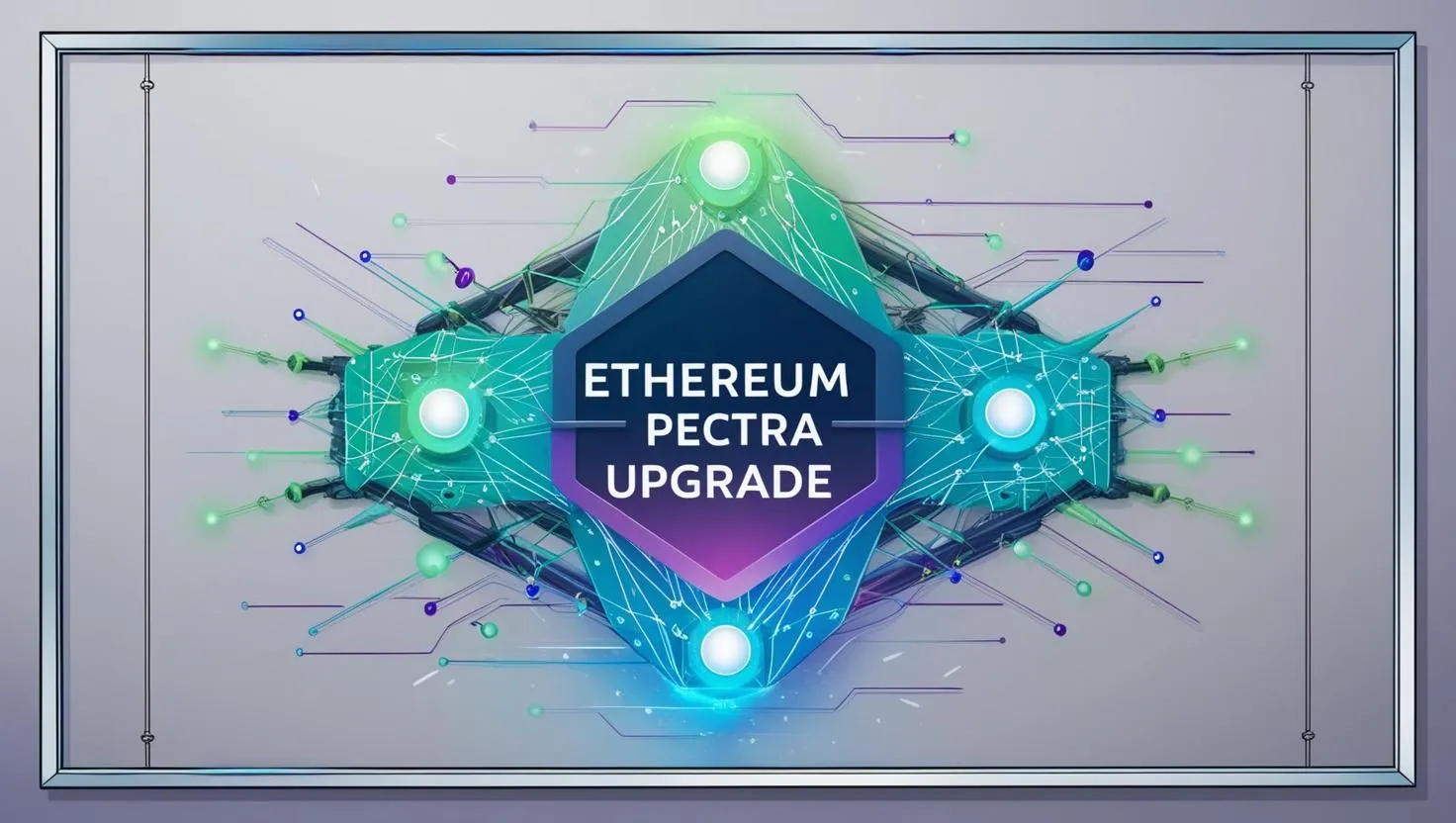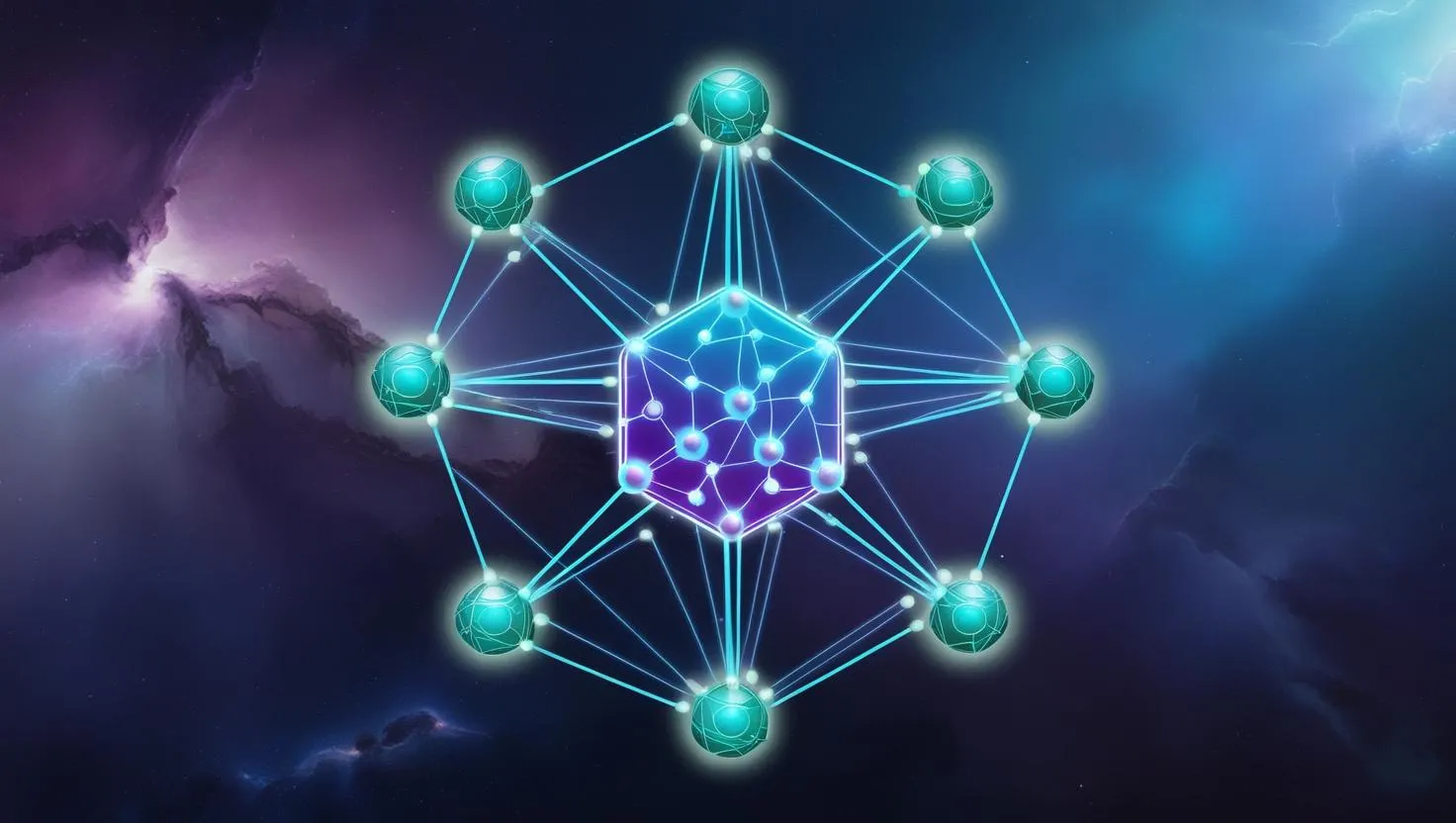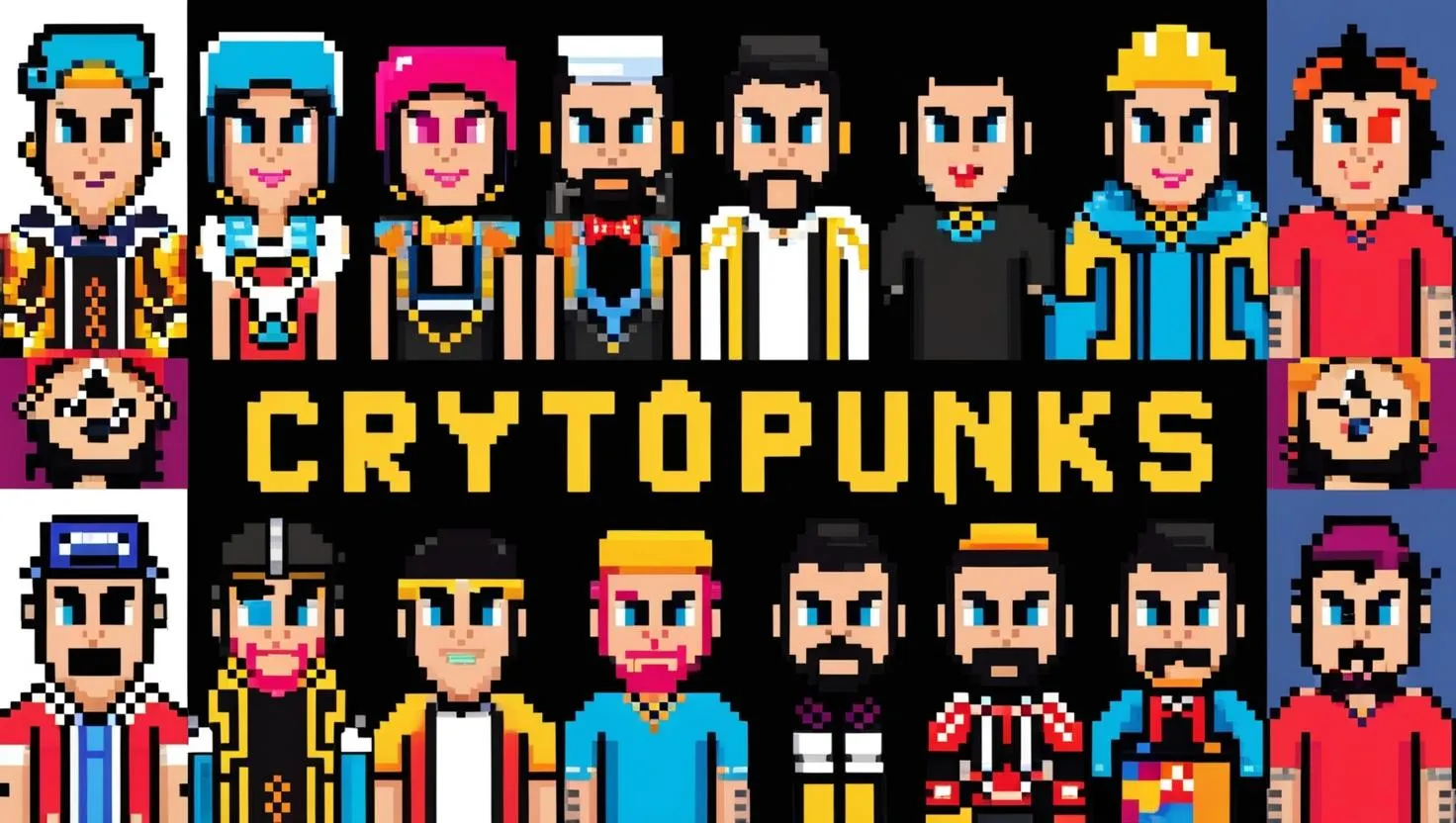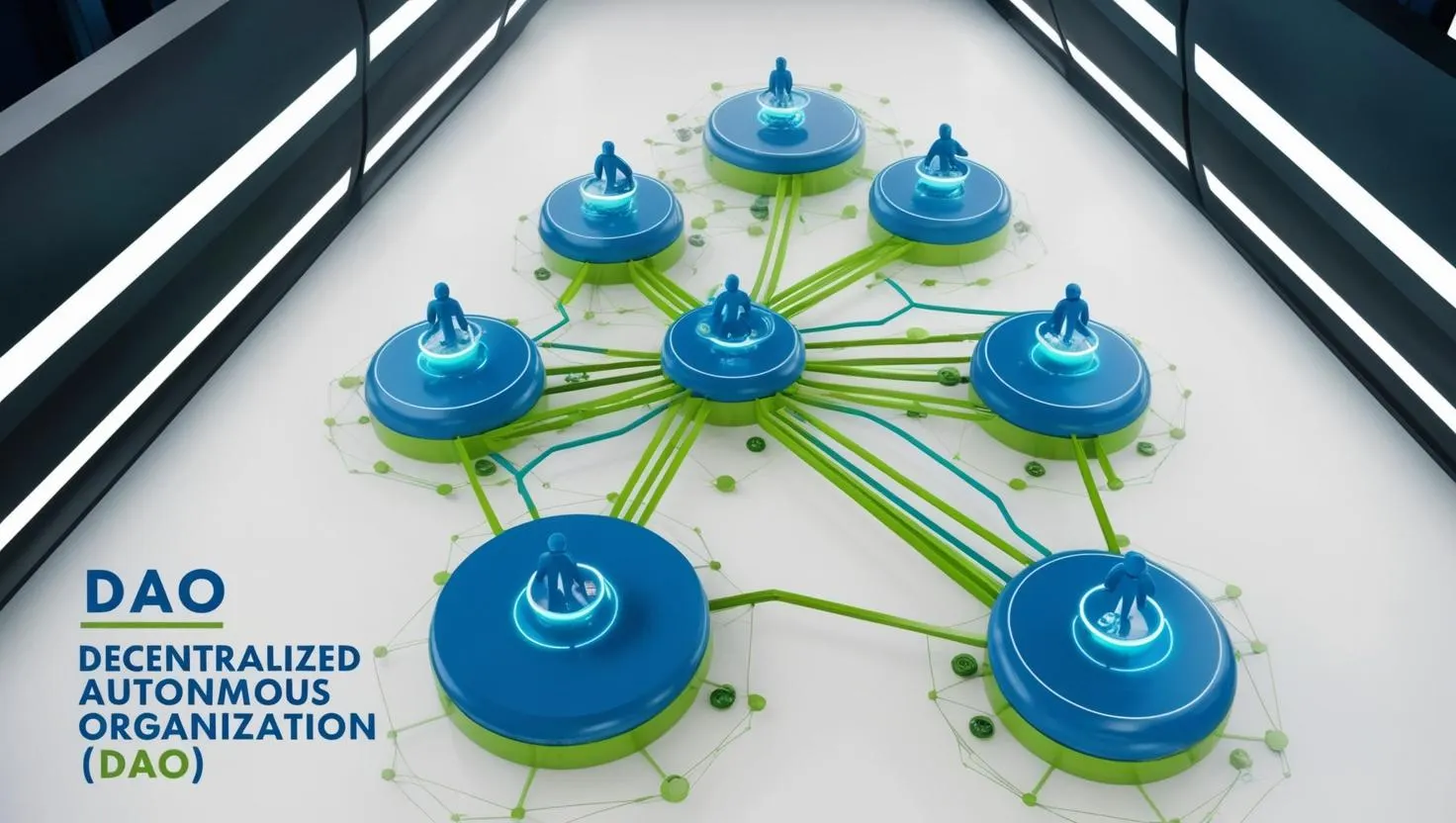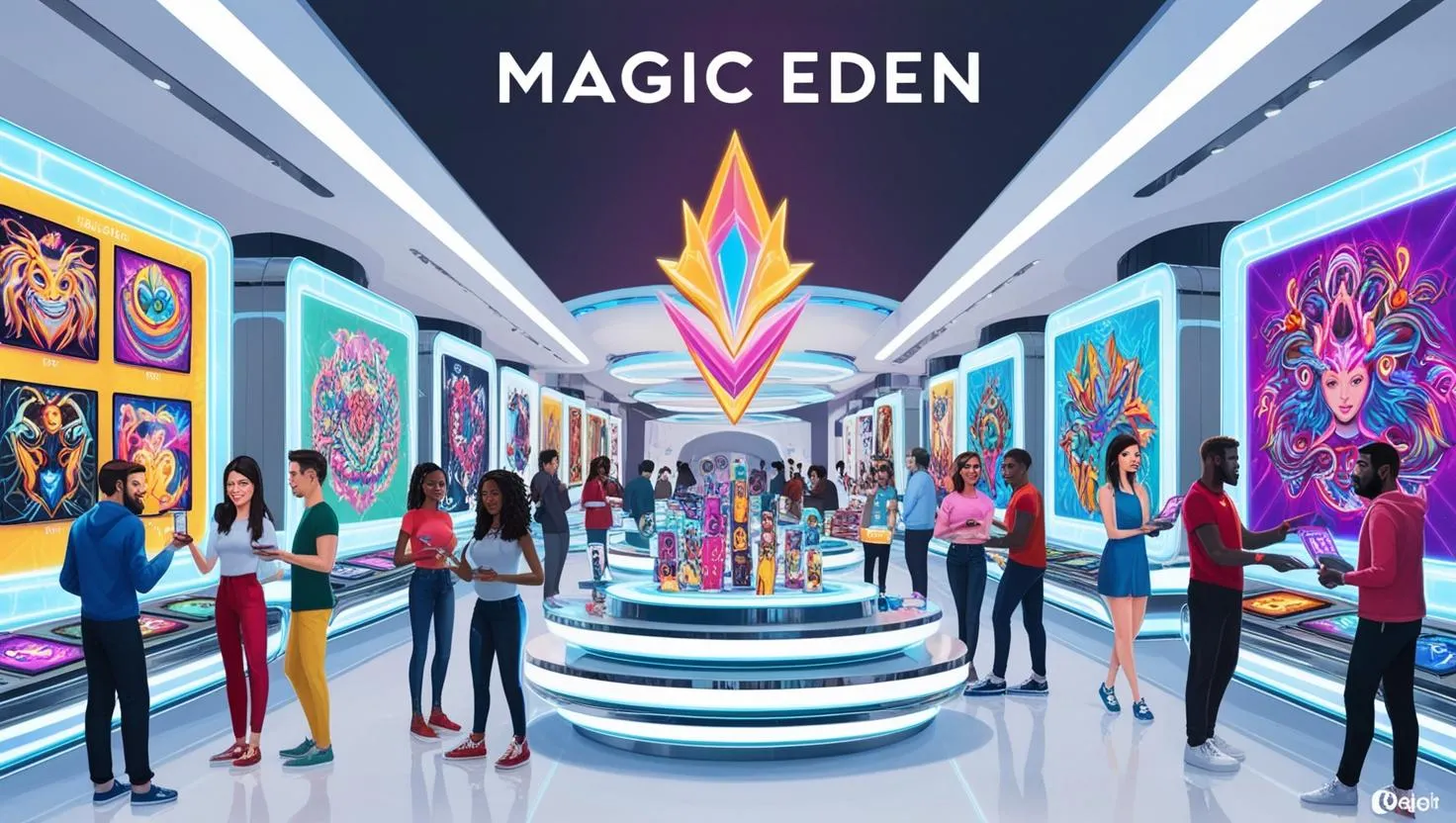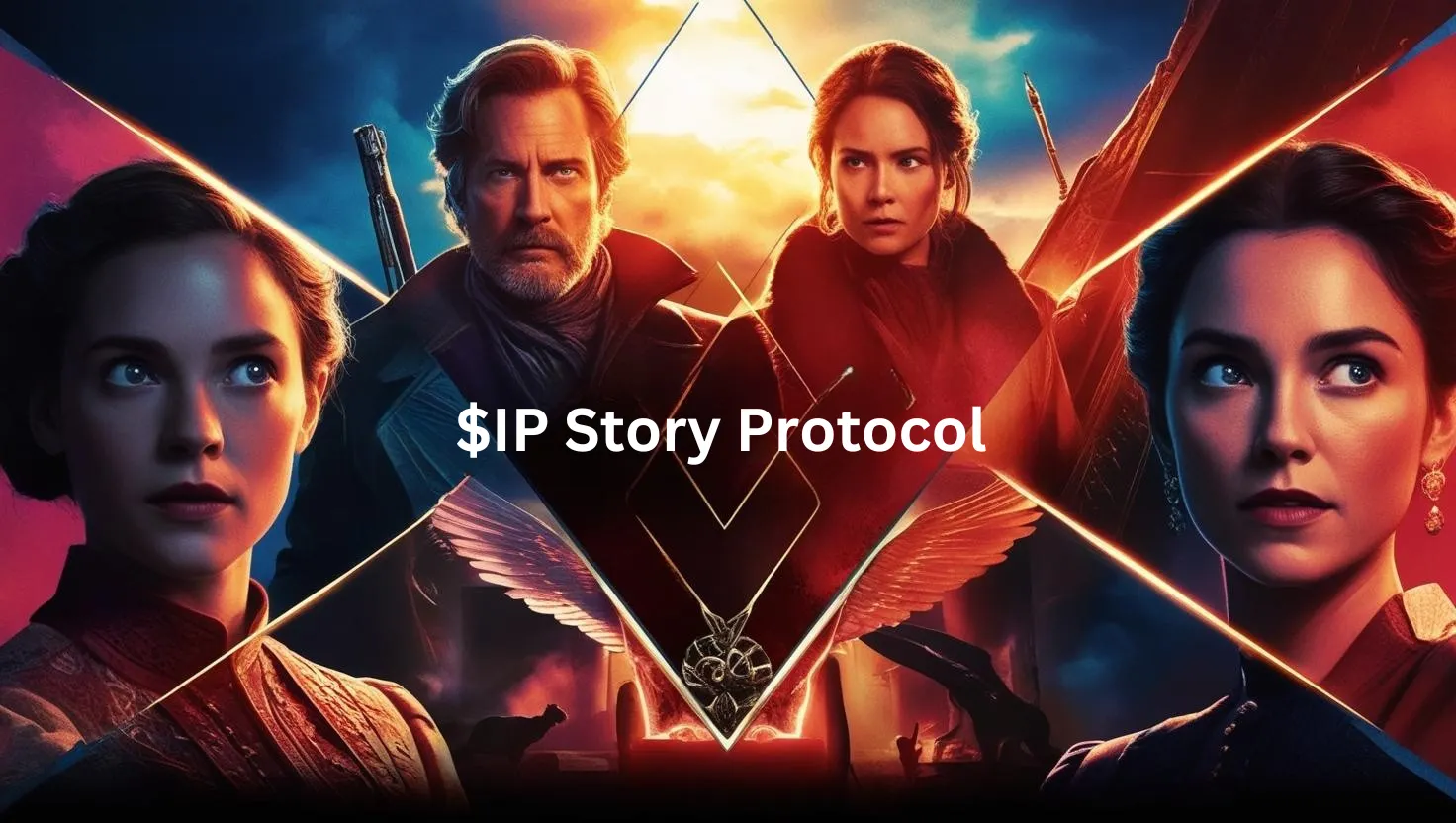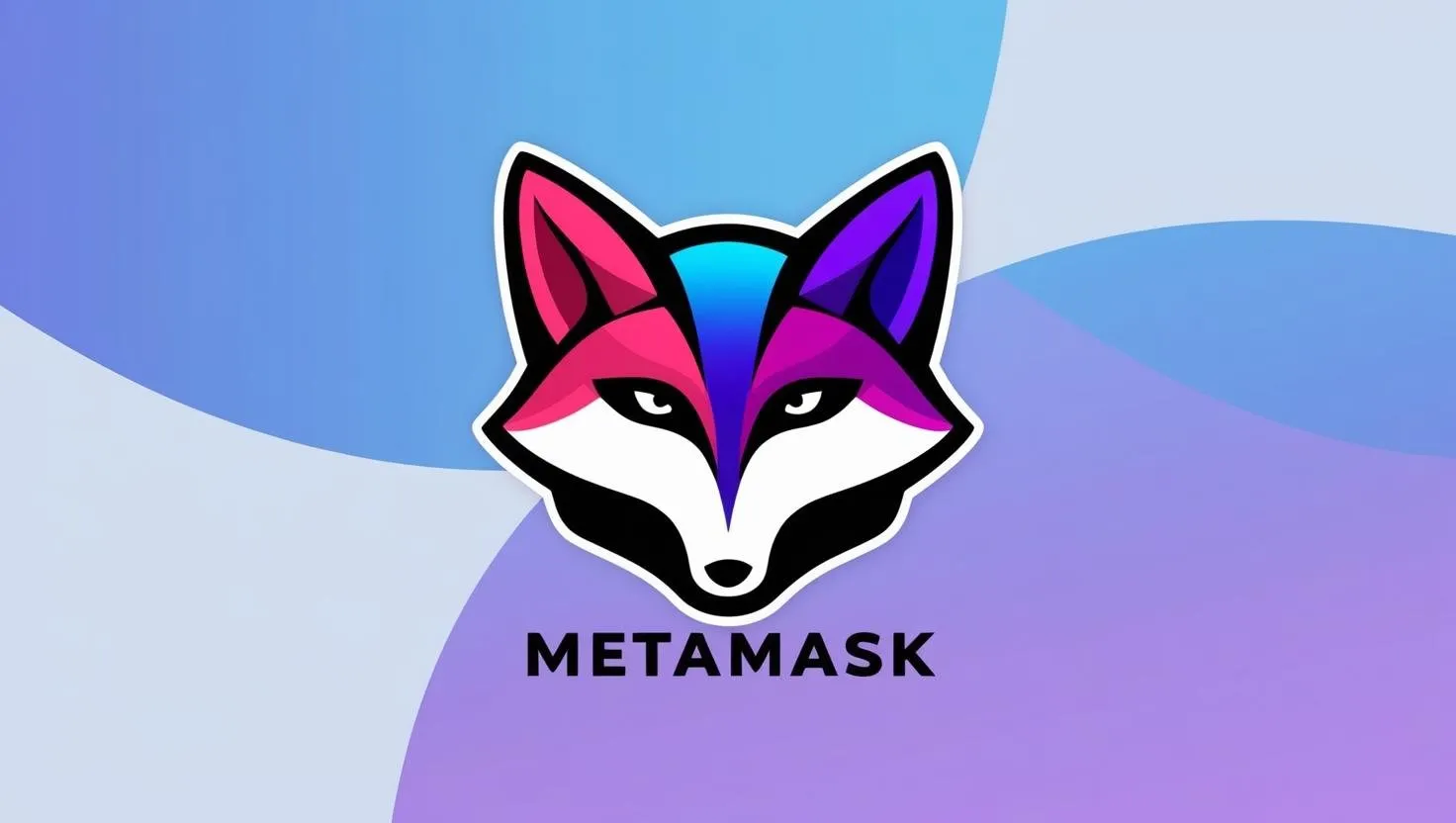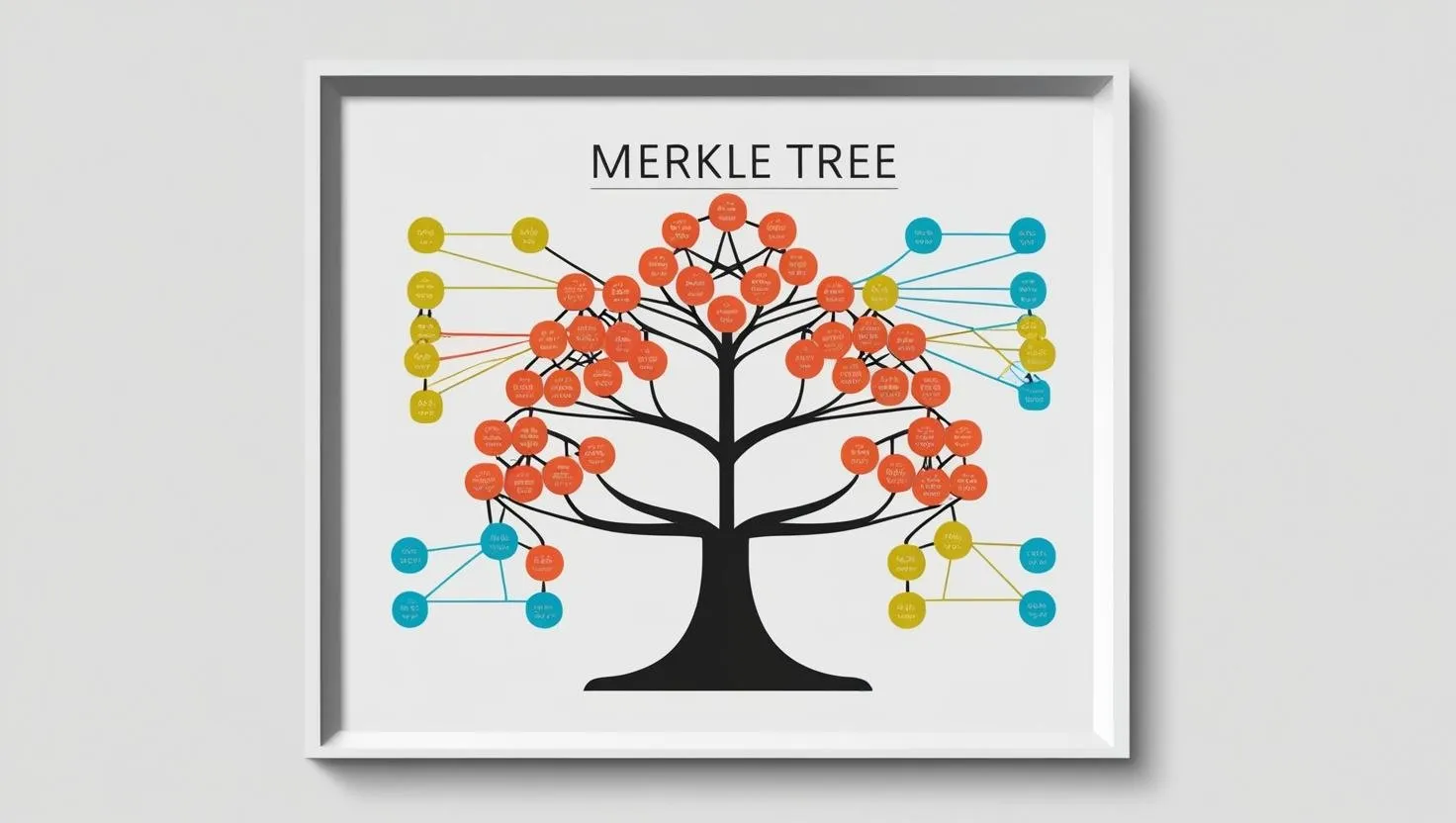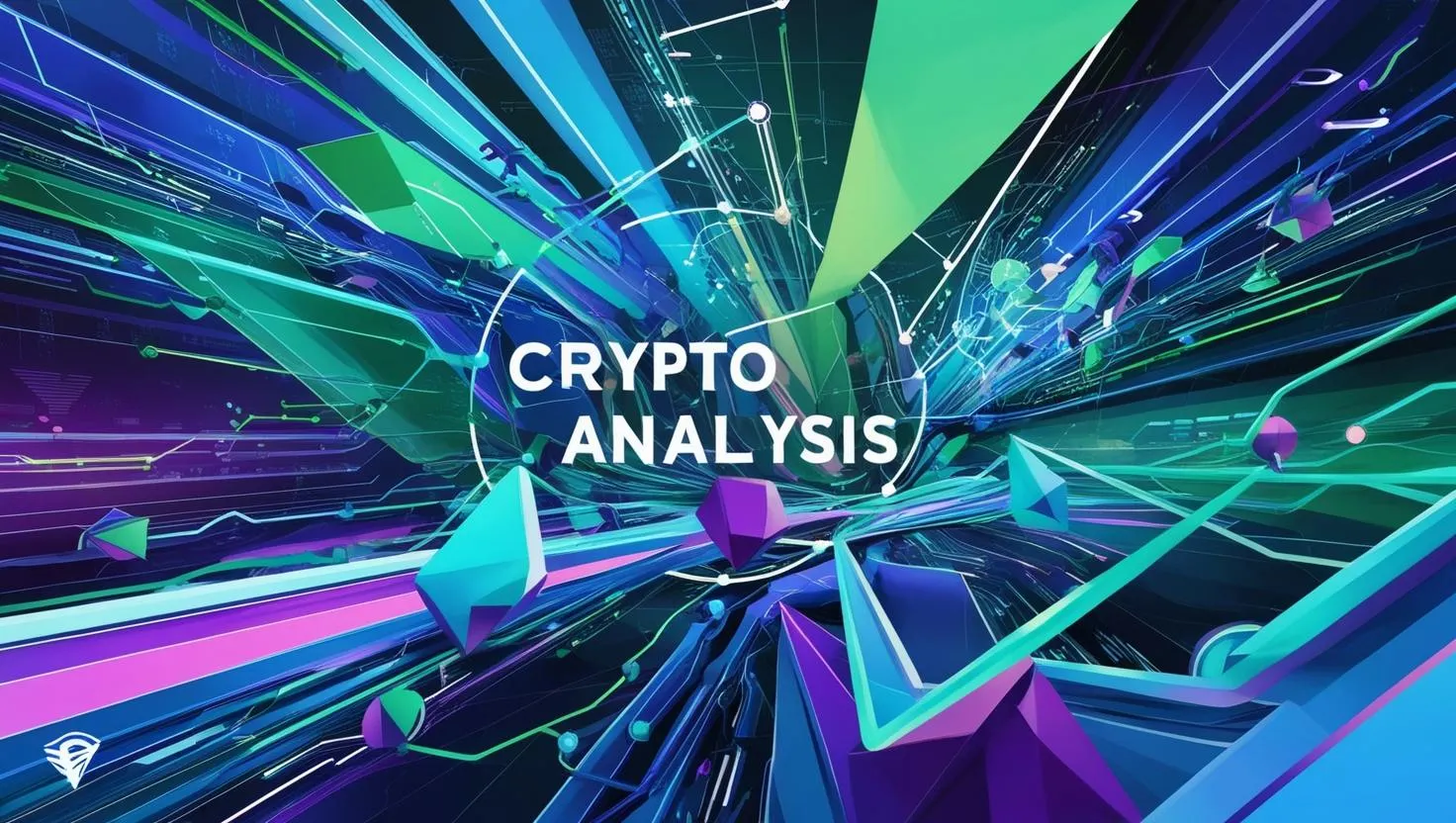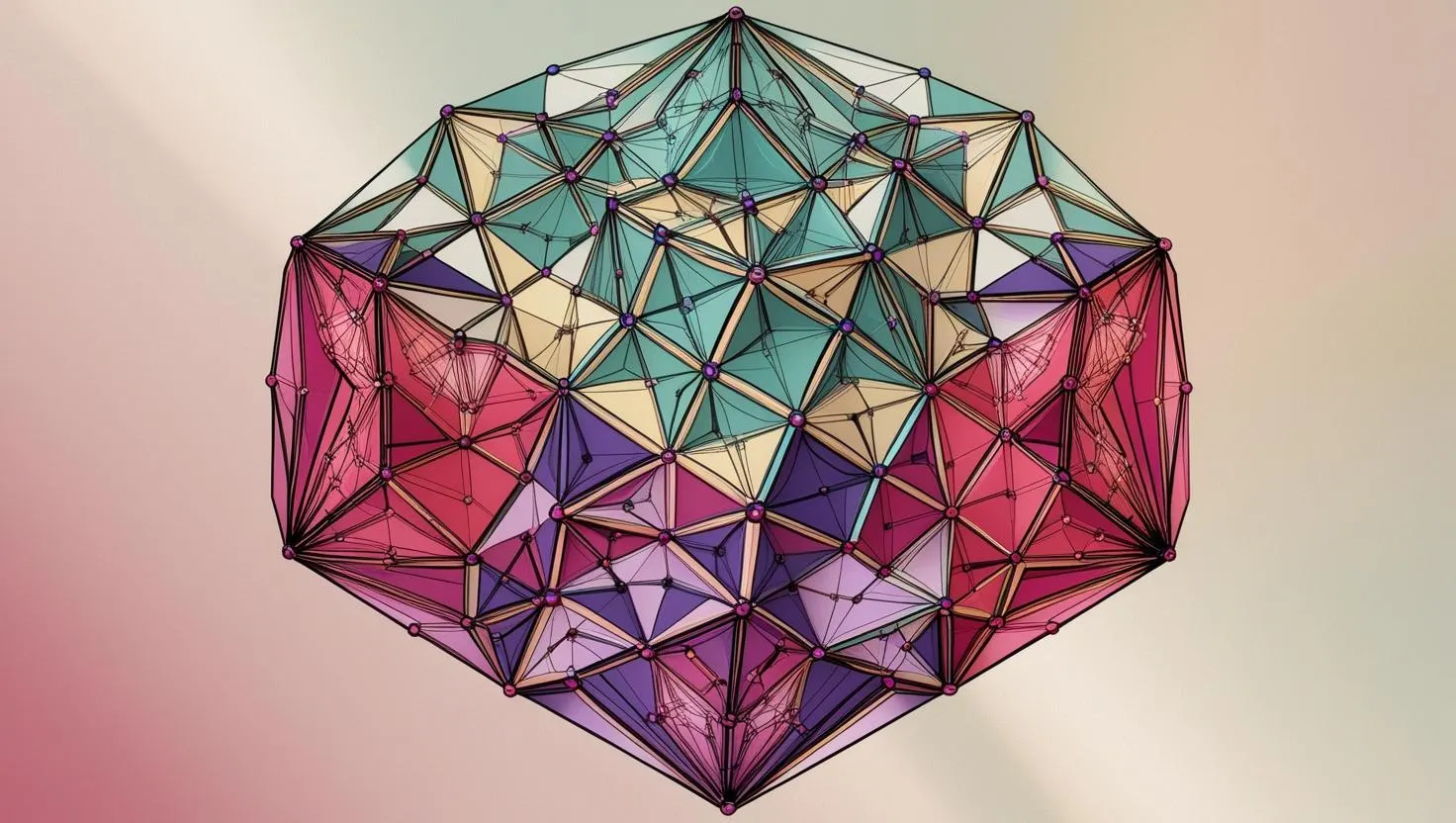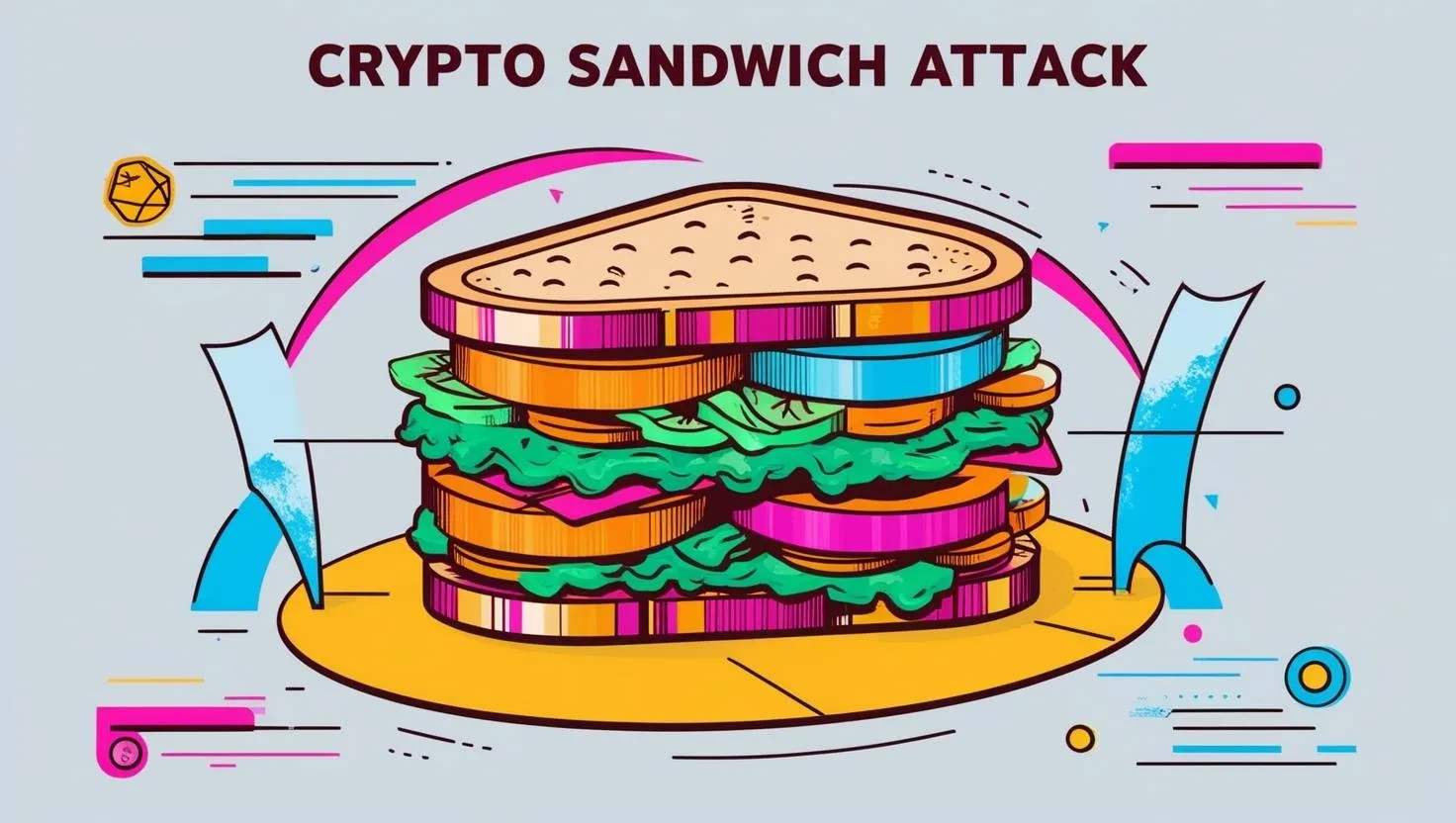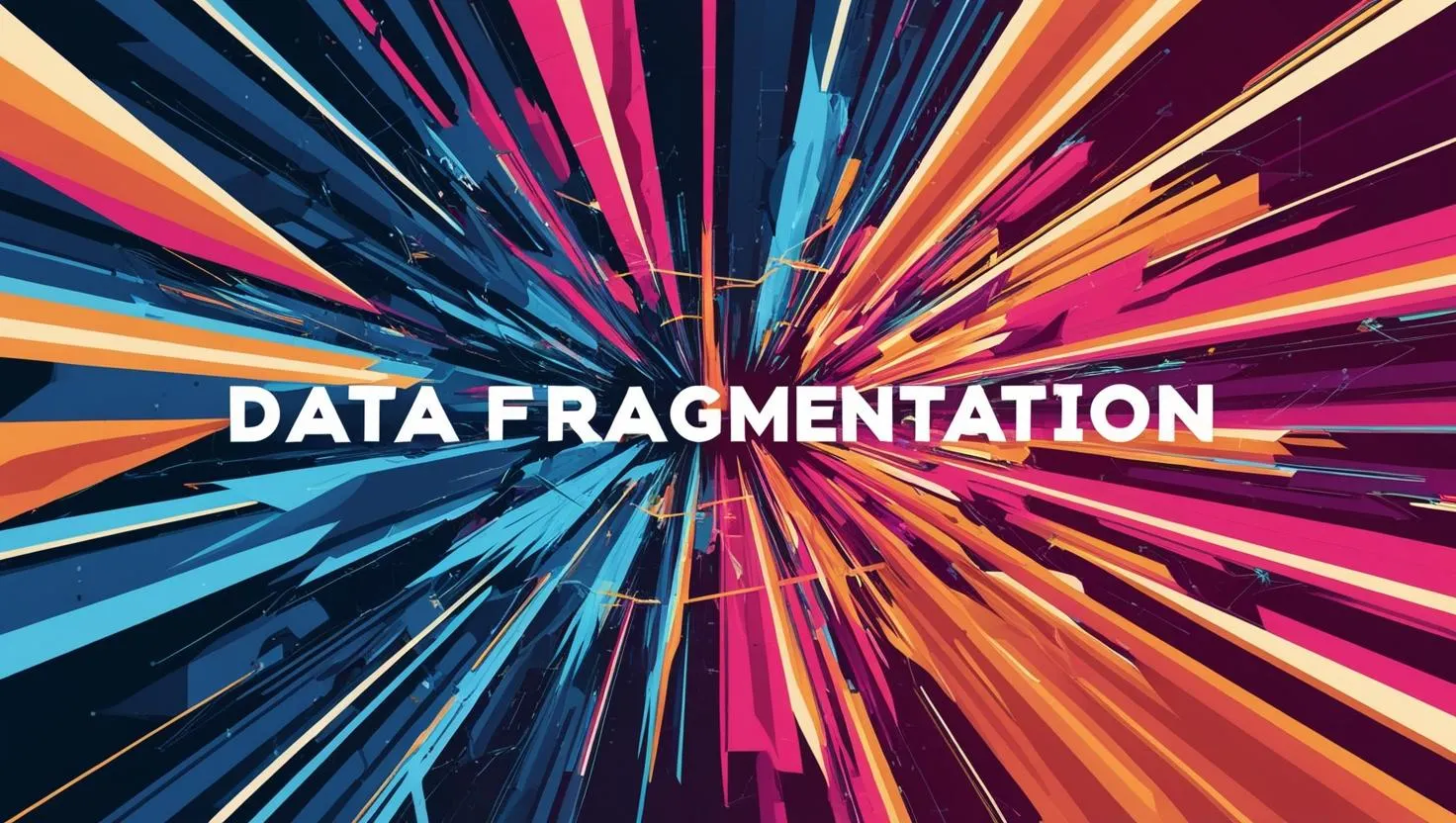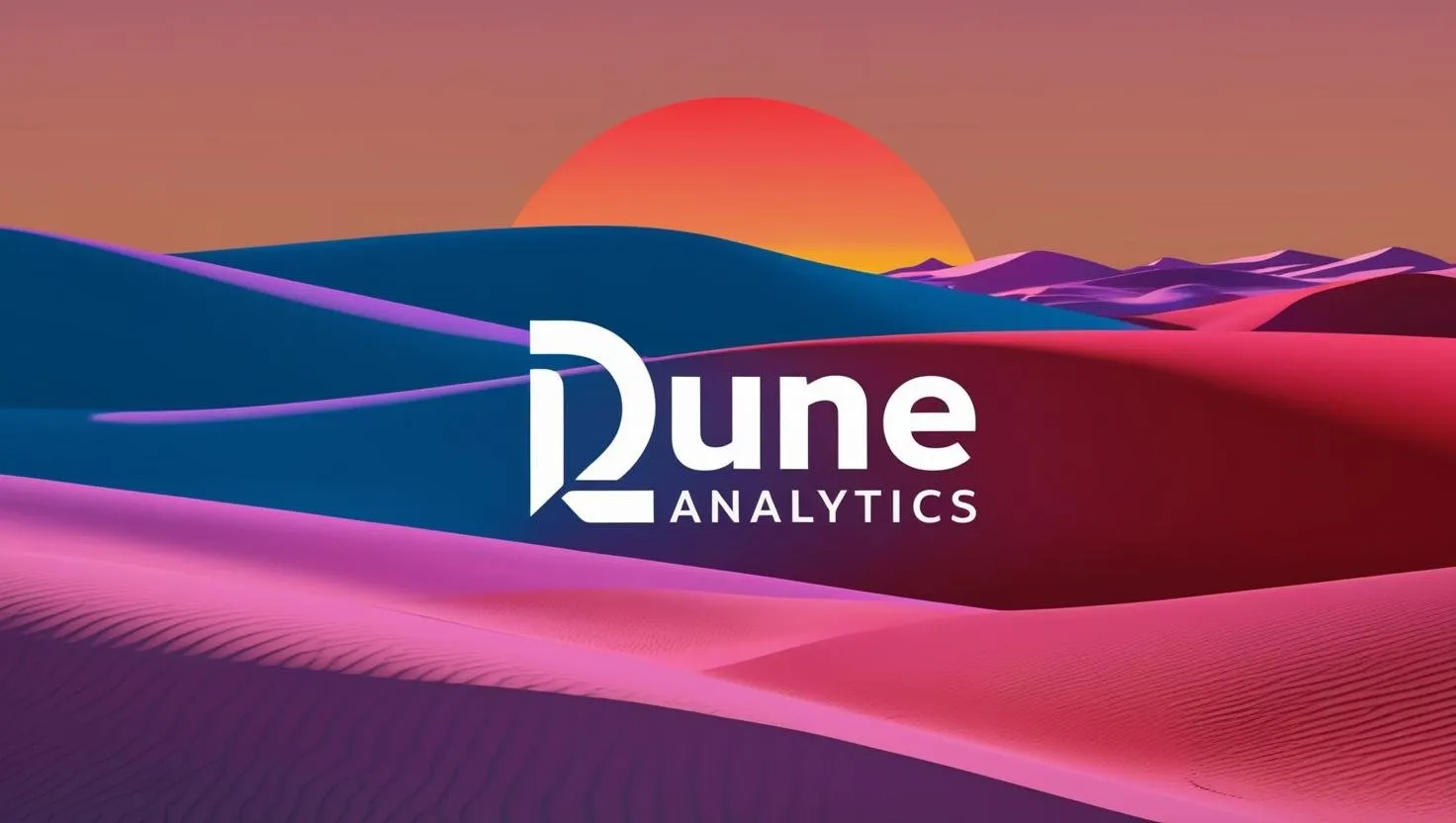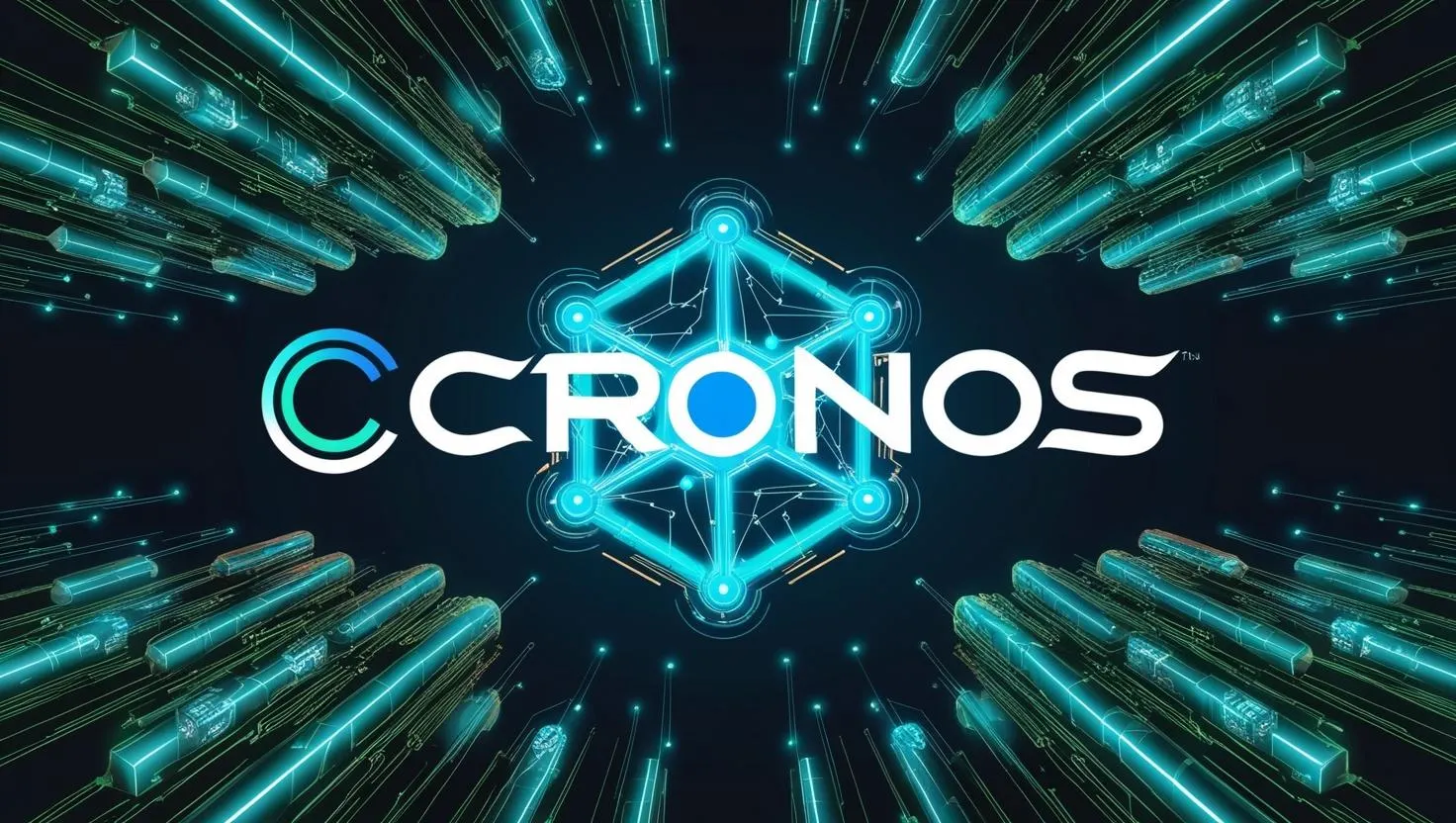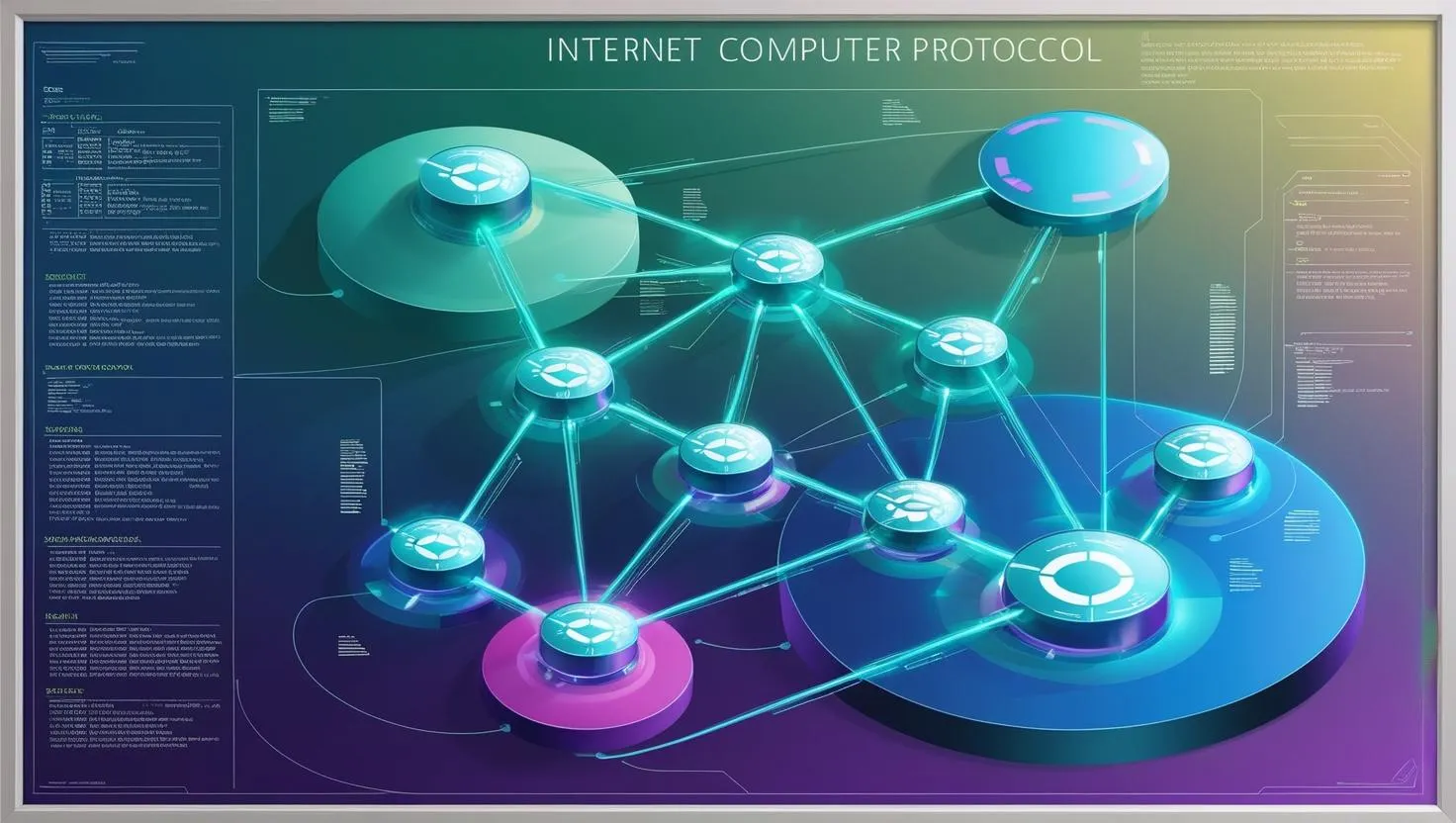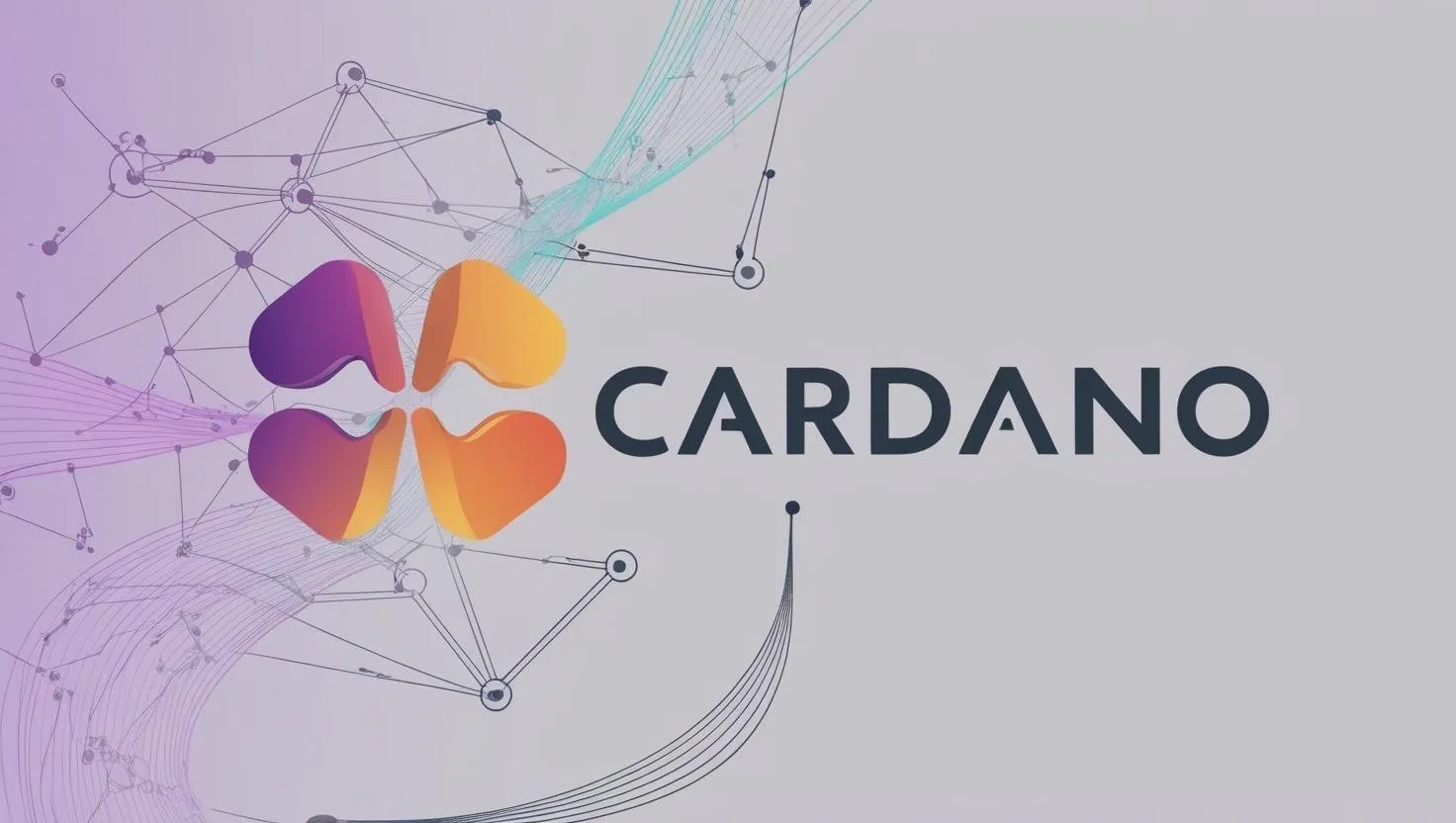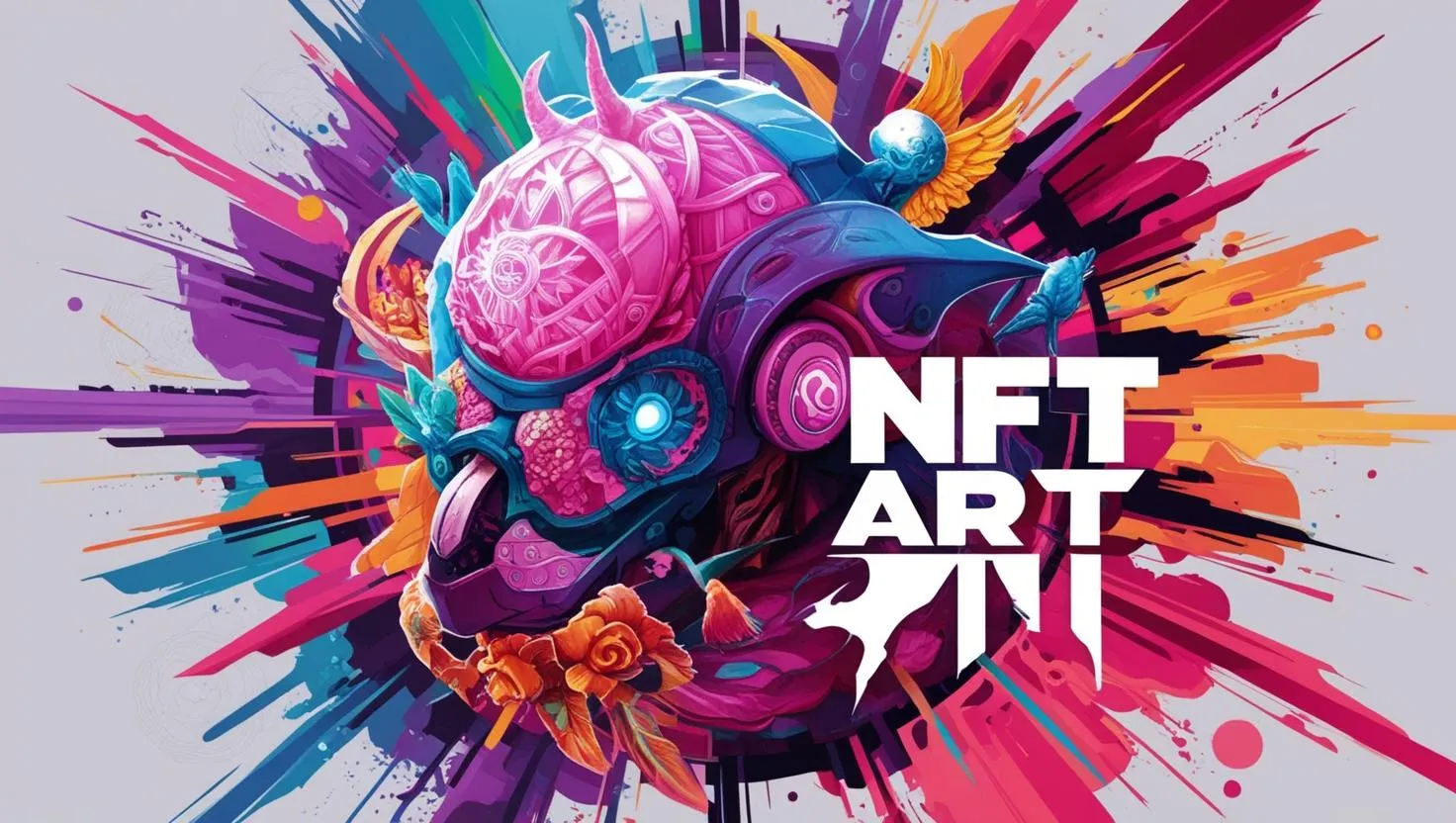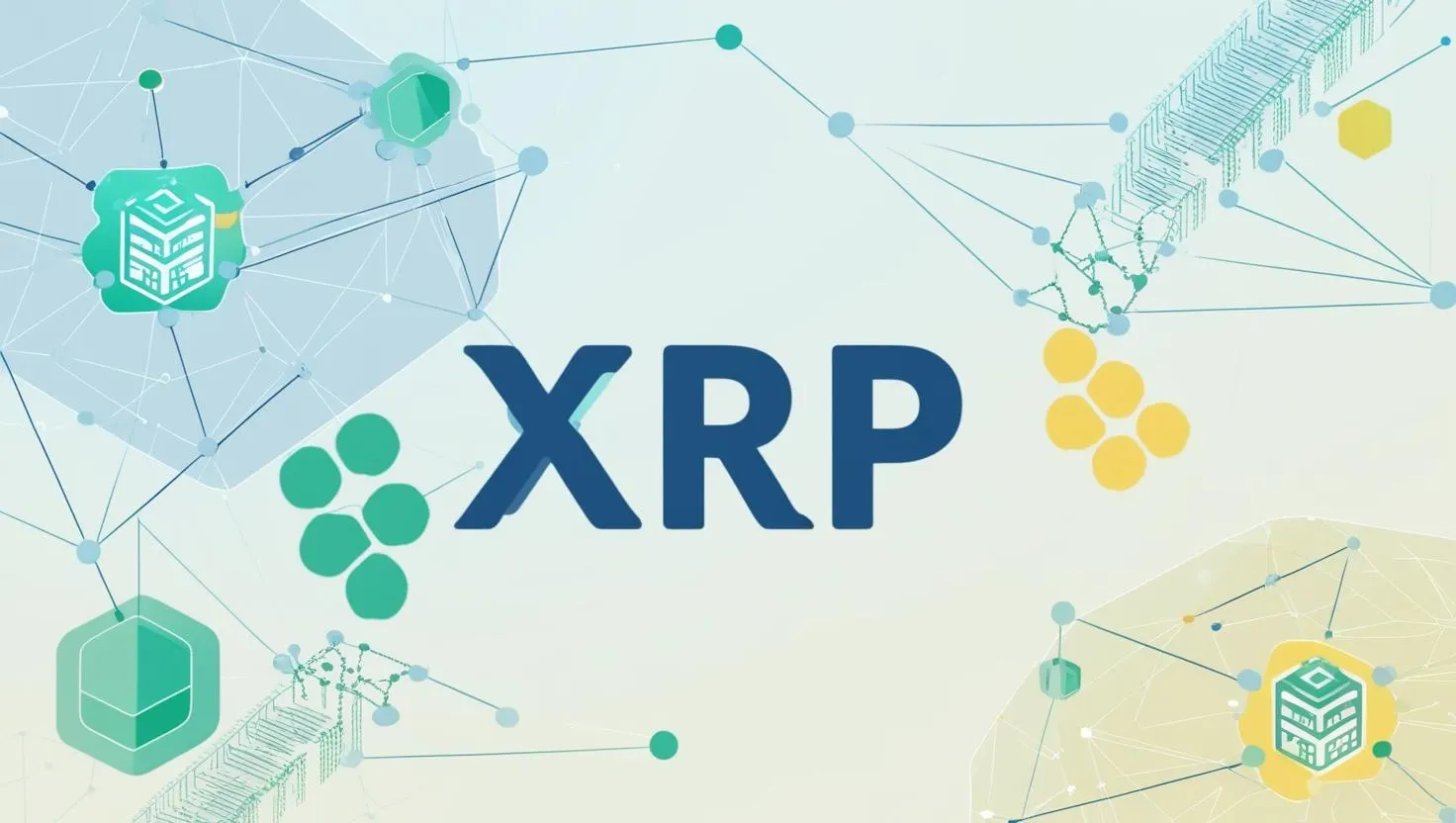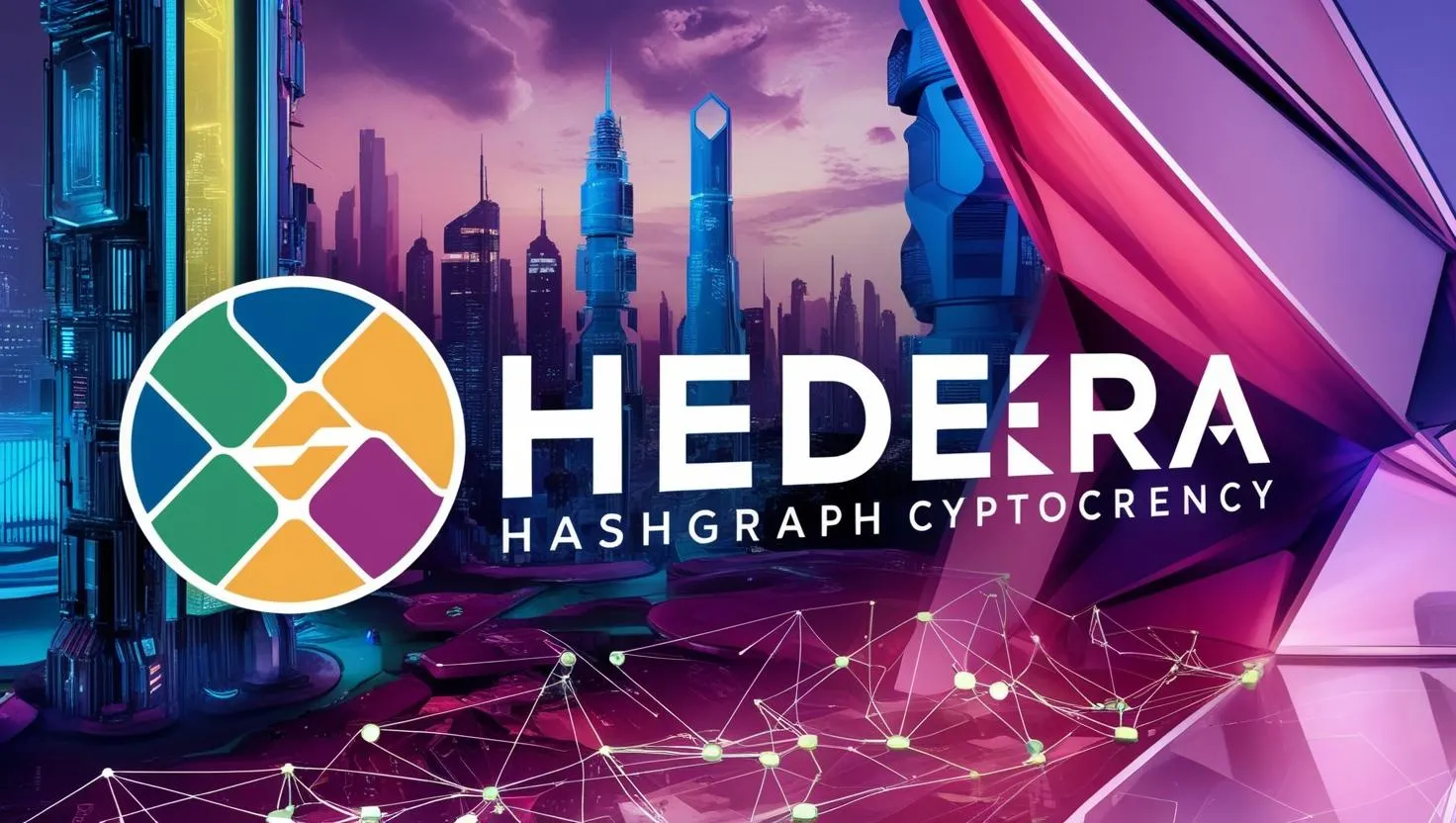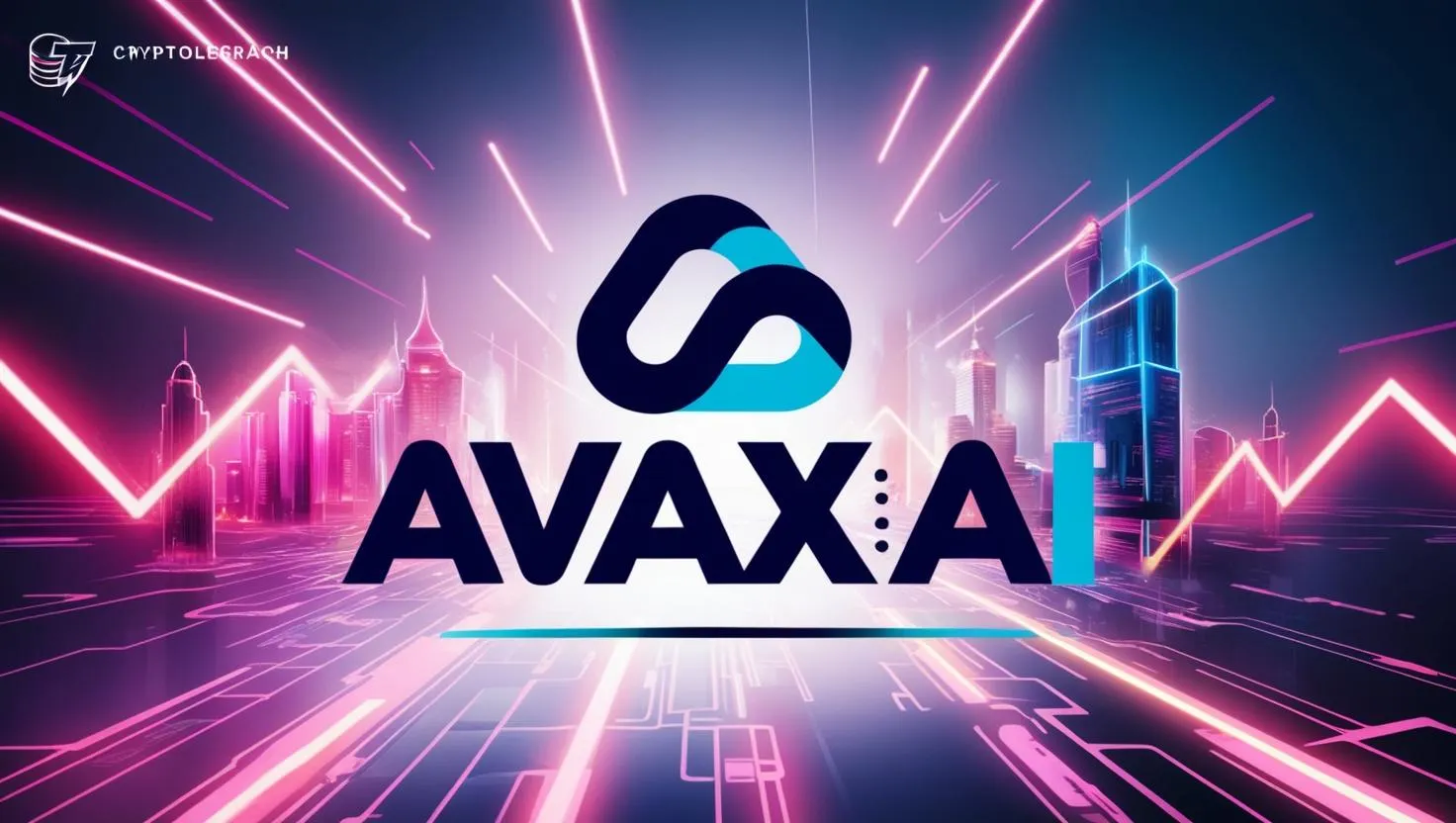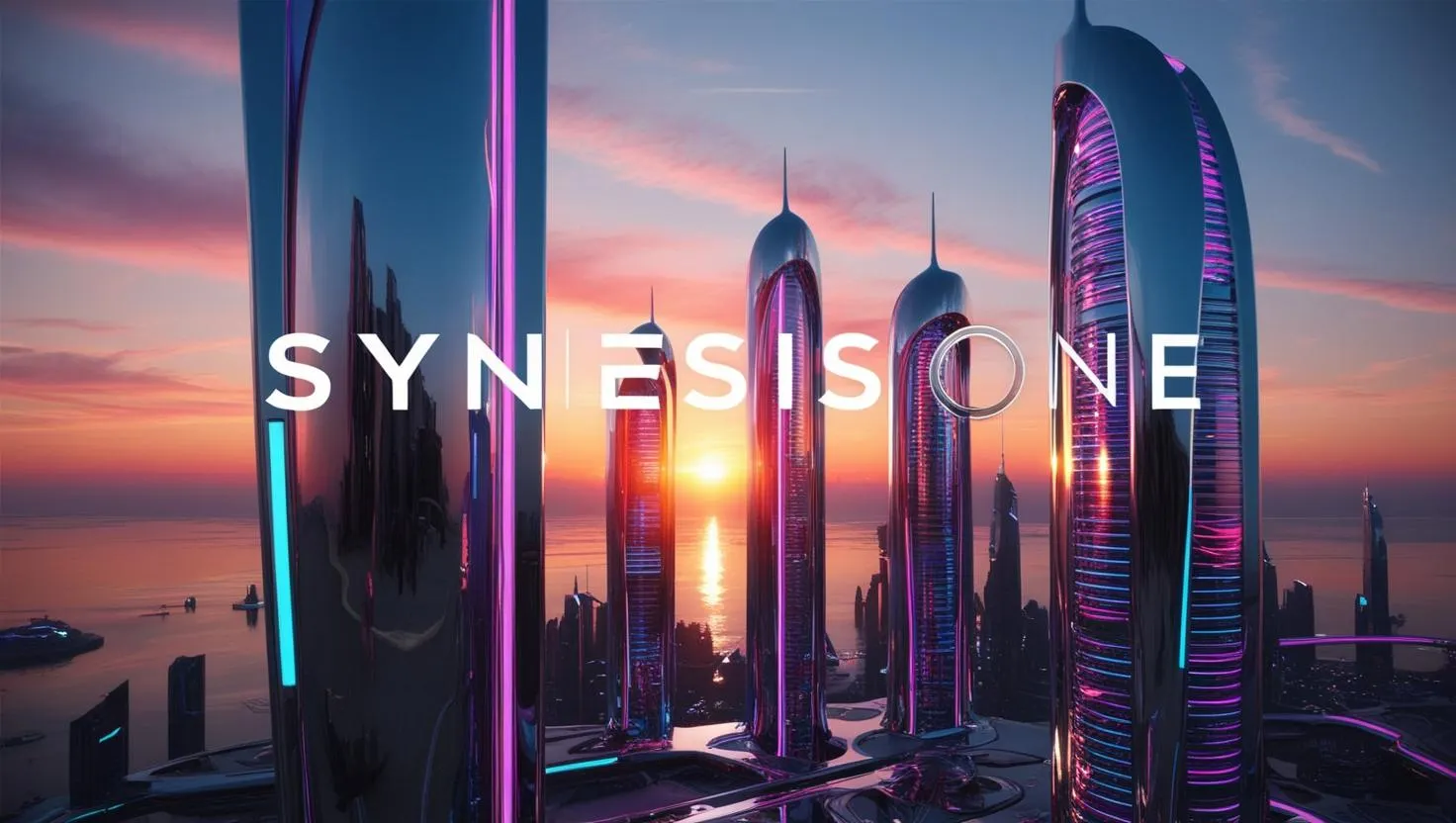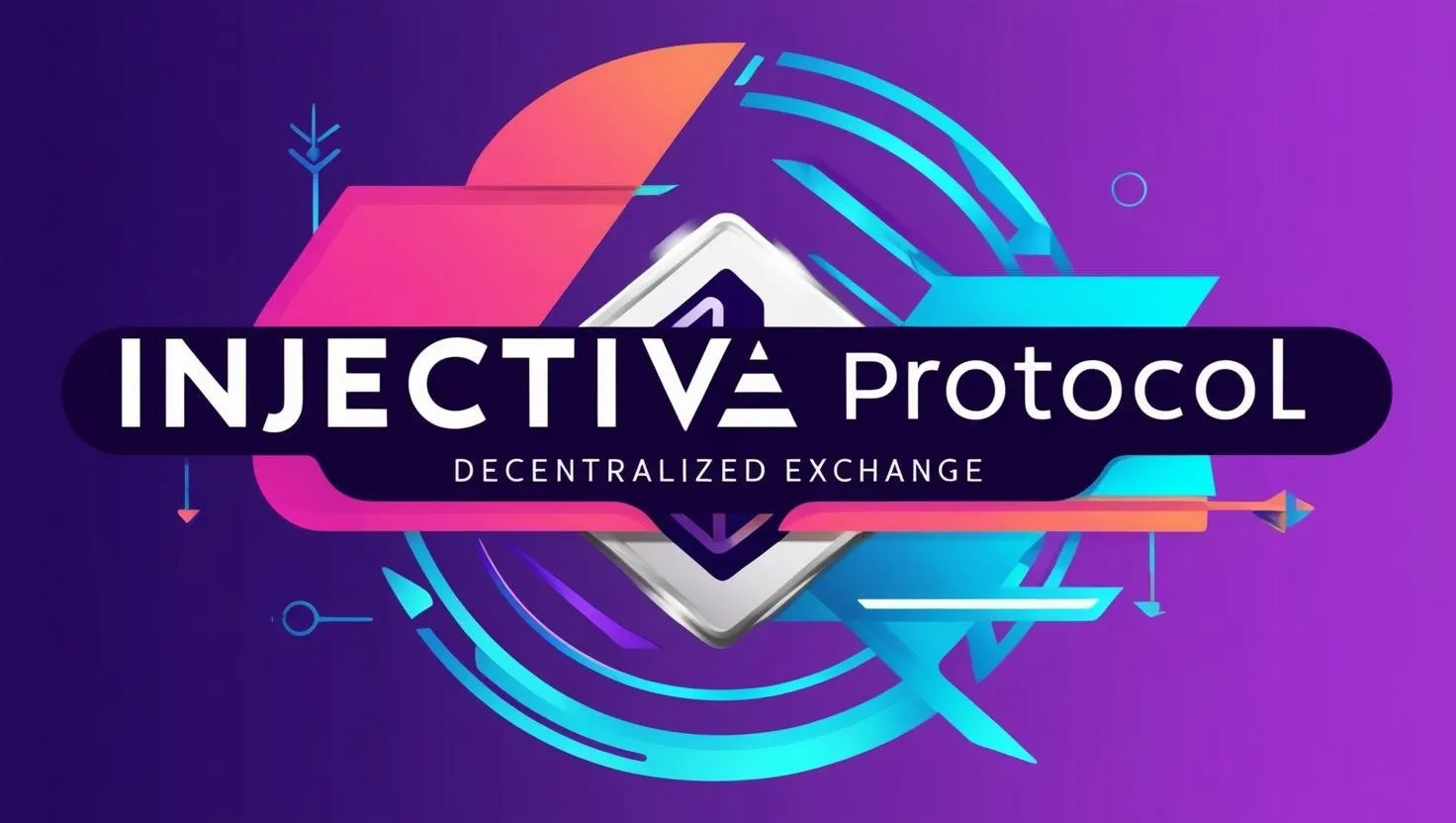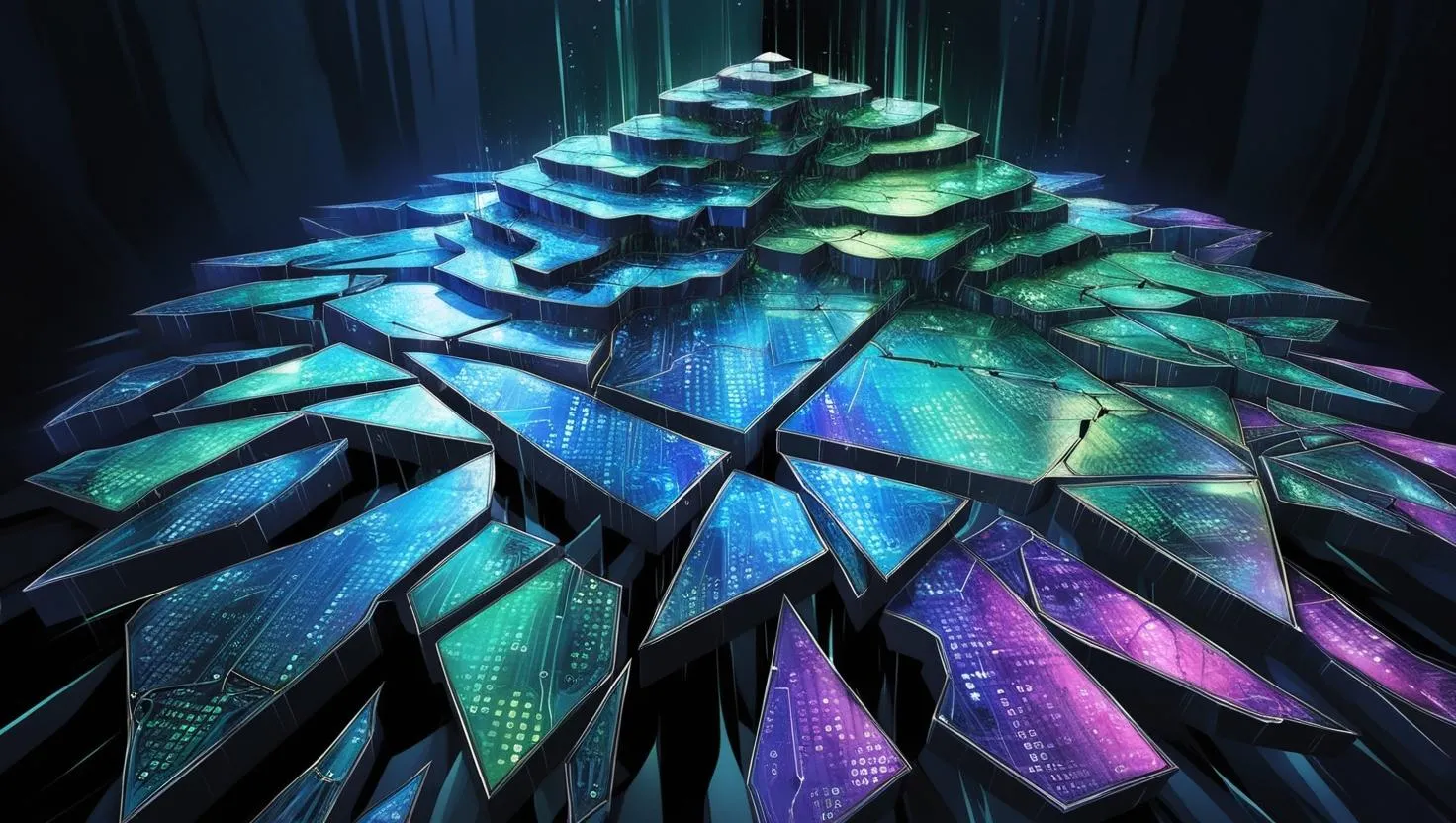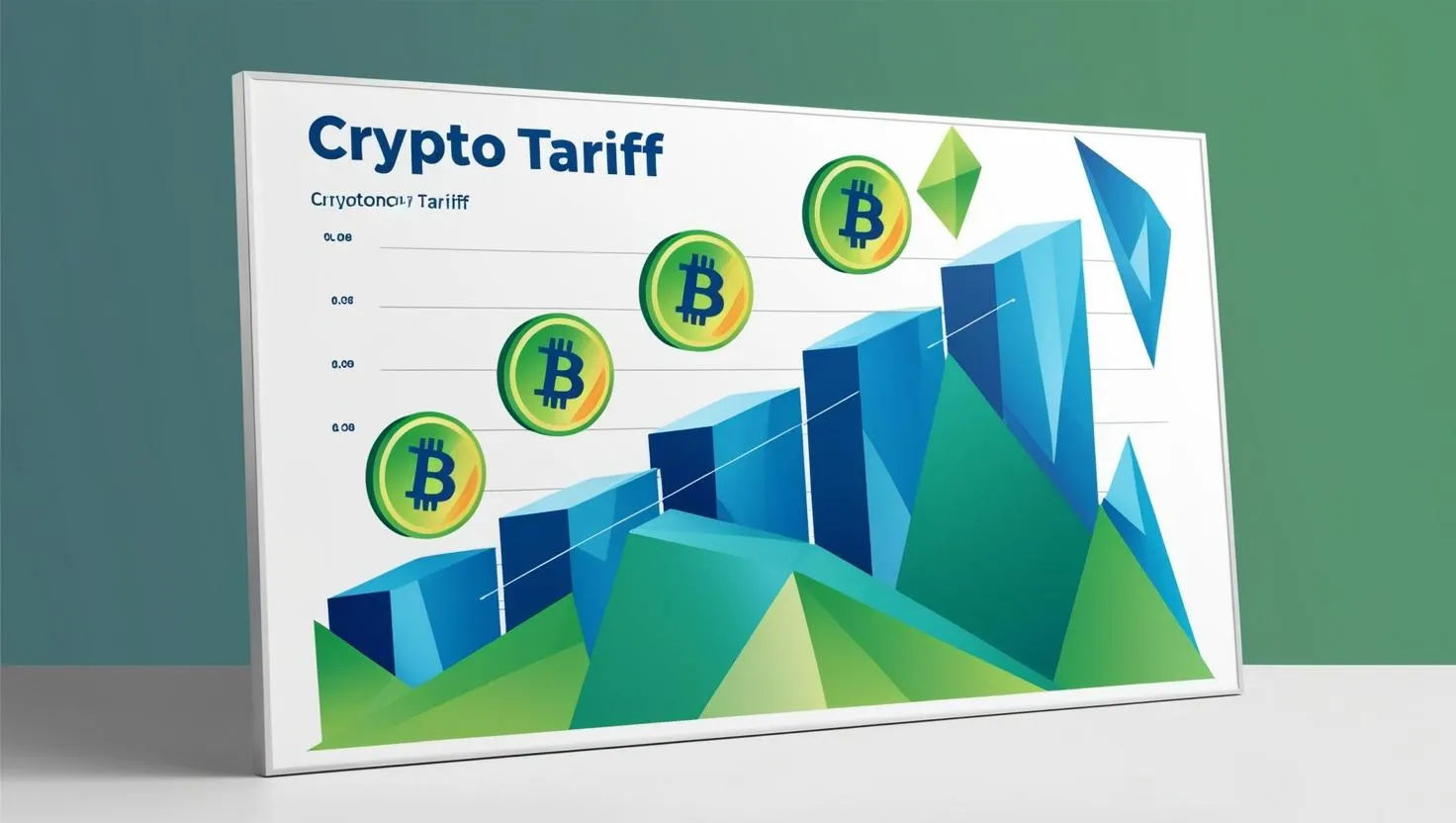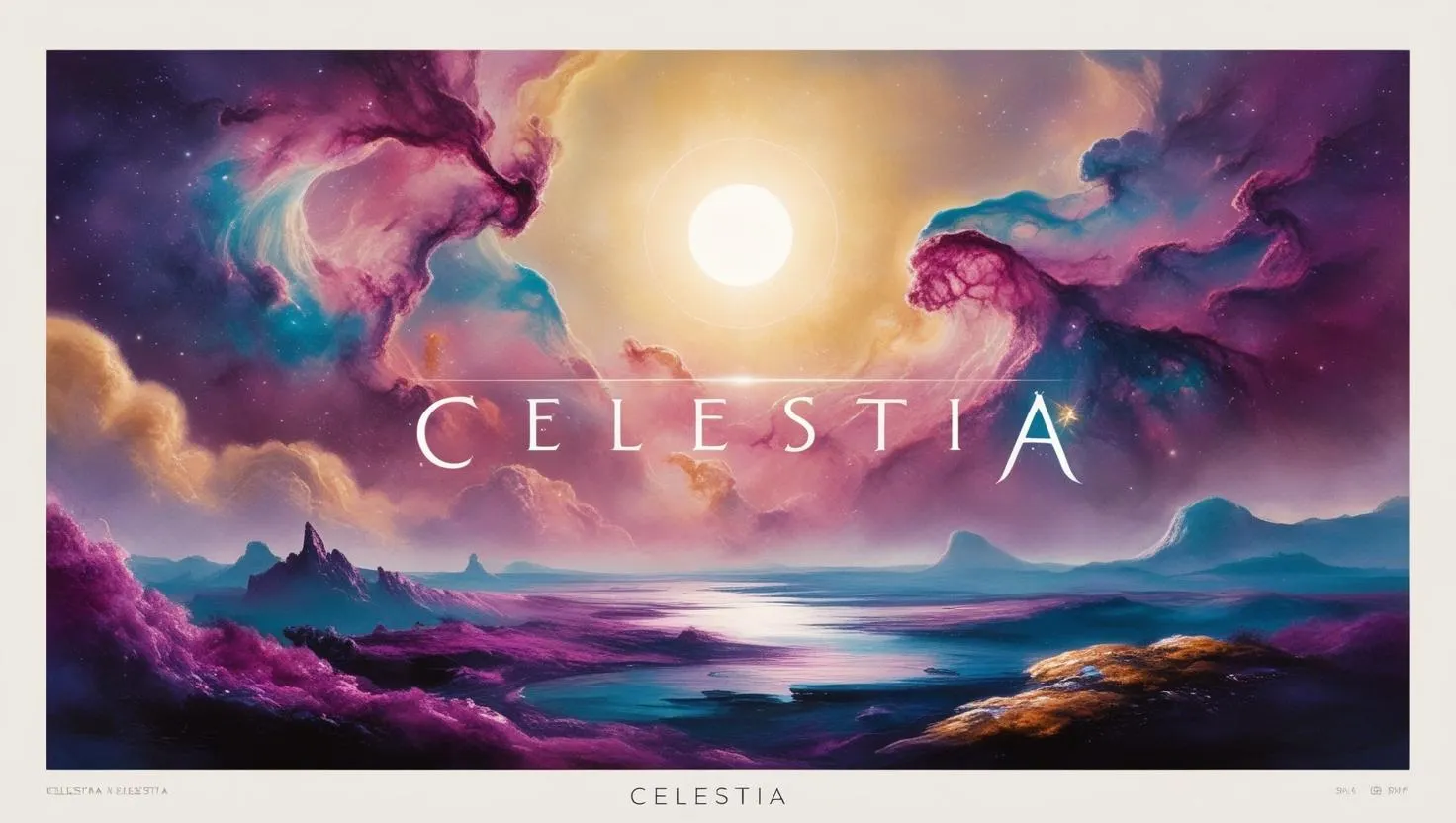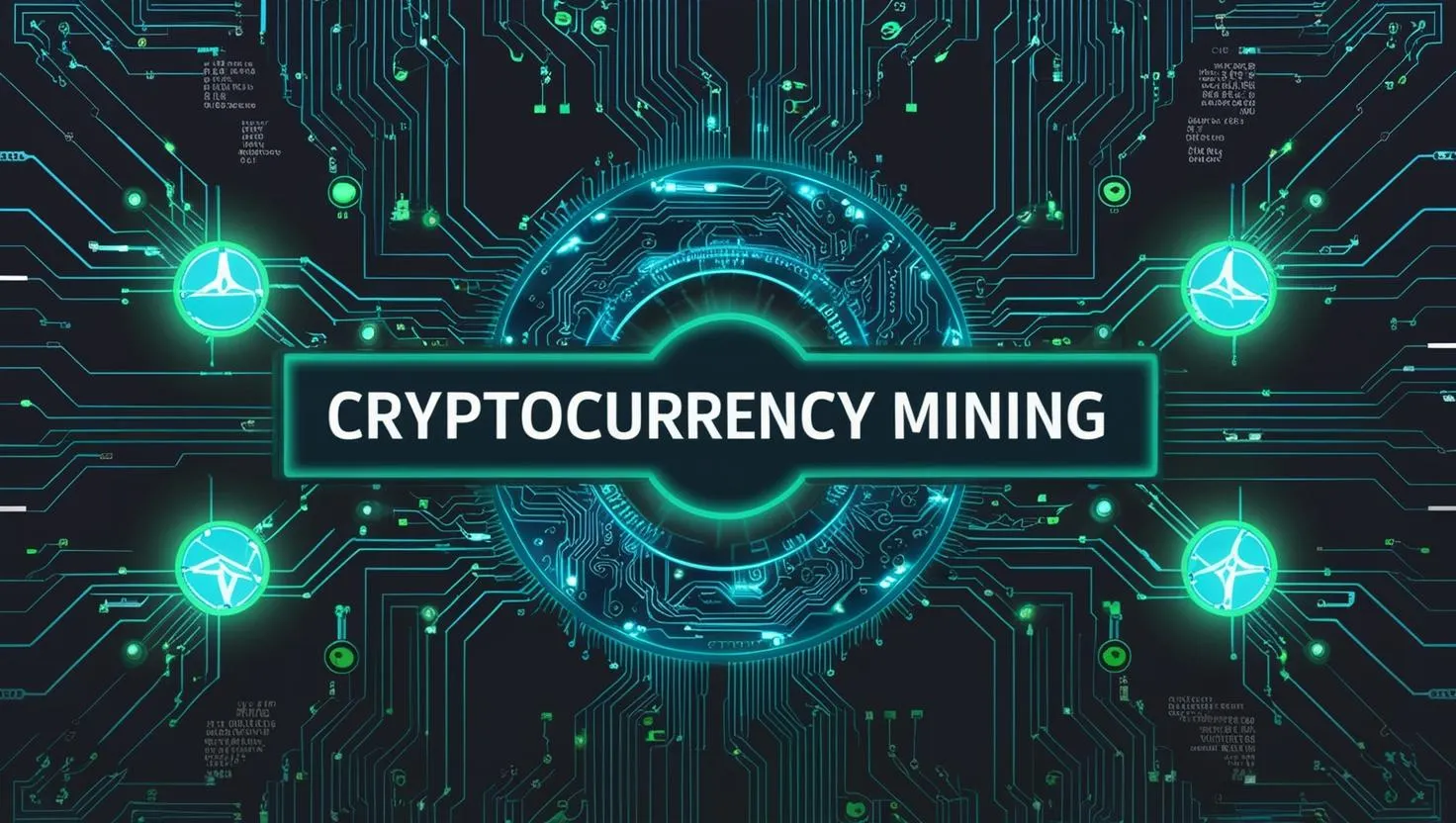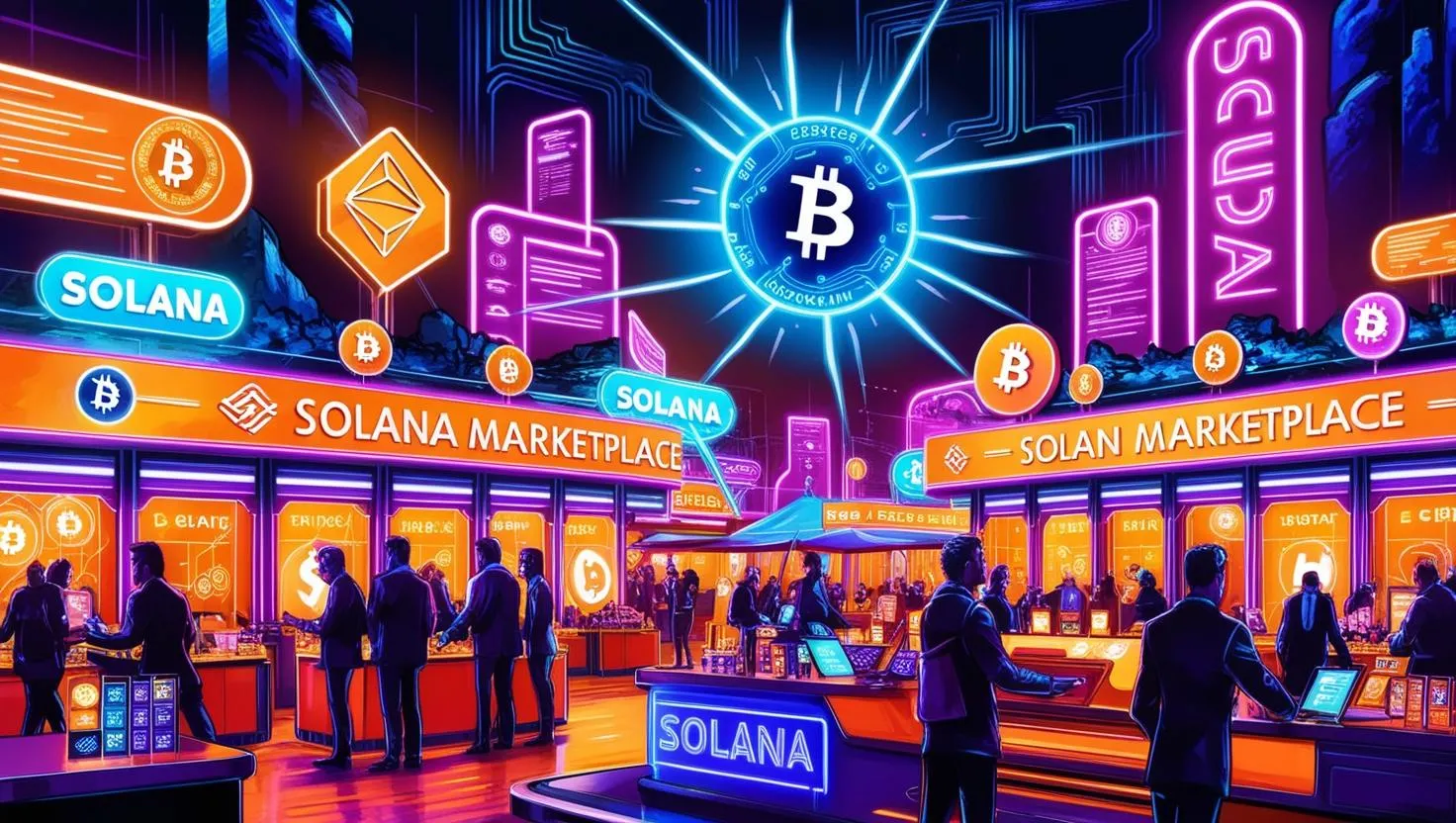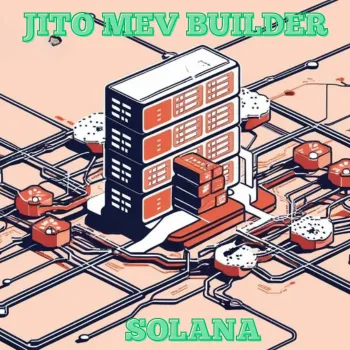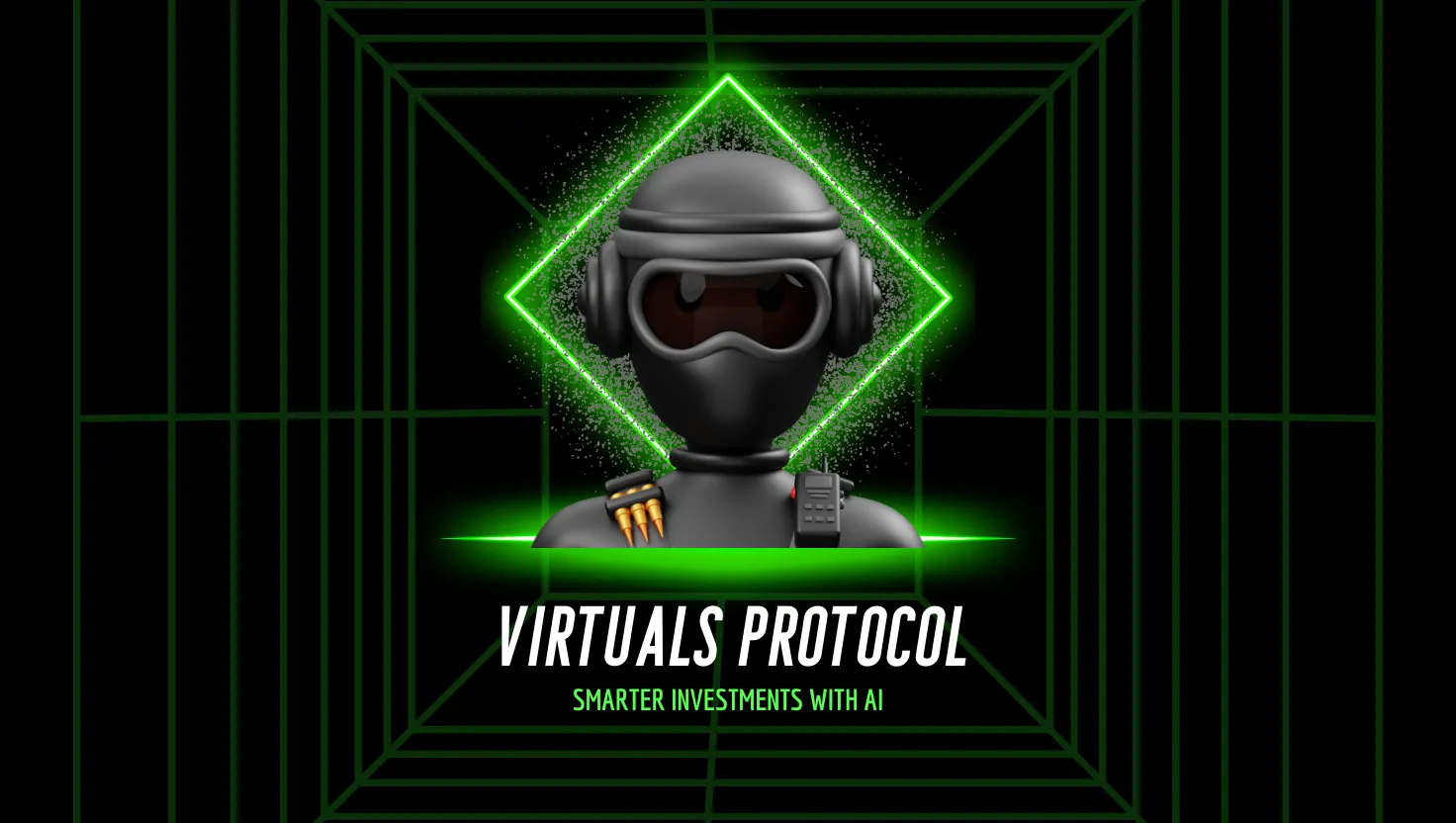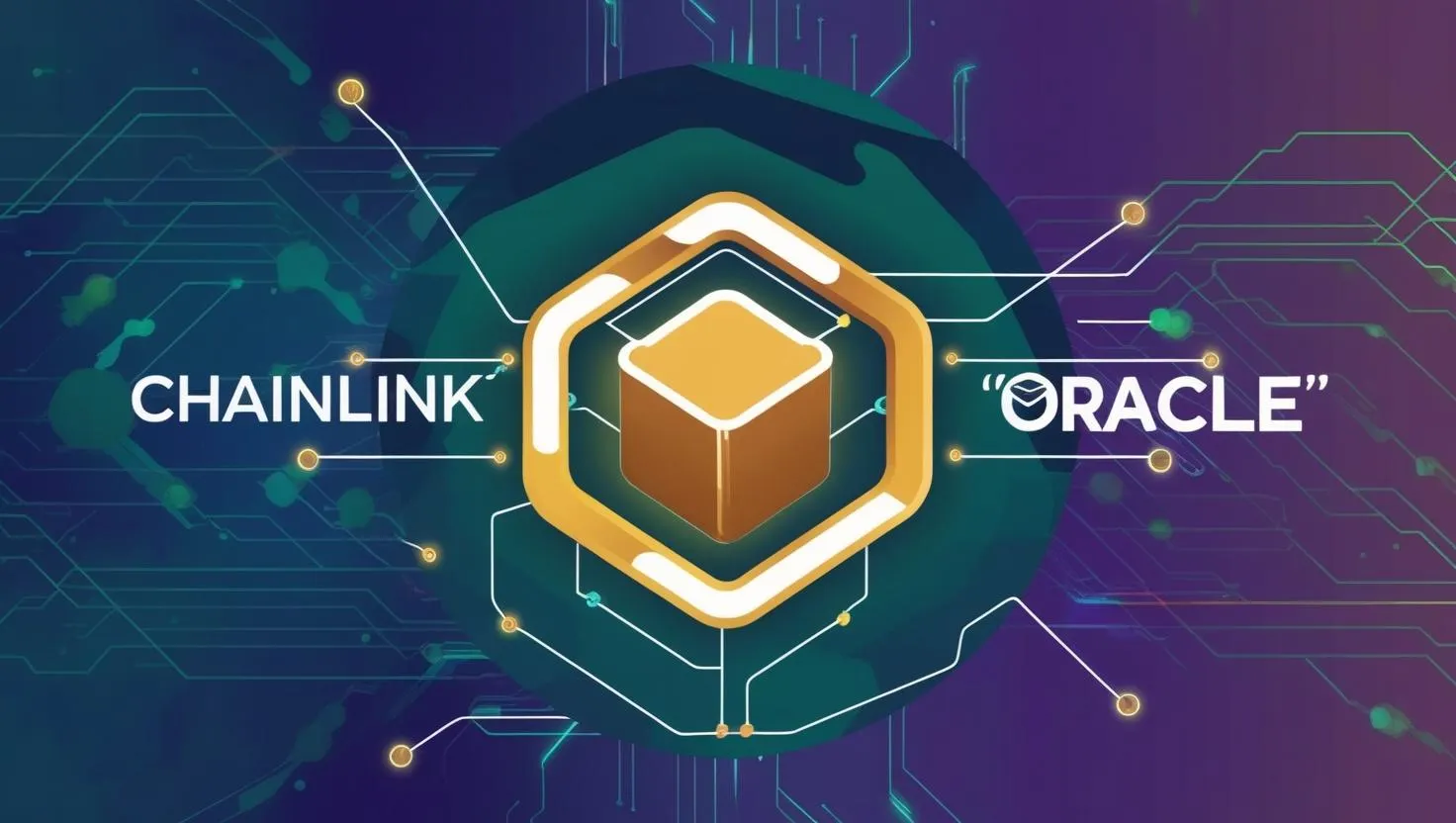Unveiling Near Protocol: The Future of Scalability and User-Friendly Blockchain Innovation
Let me break down NEAR Protocol in detail for you. NEAR is a layer-1 blockchain designed to be scalable, developer-friendly, and user-centric, aiming to bridge the gap between traditional web experiences and decentralized applications (dApps). Launched in April 2020 by founders Illia Polosukhin and Alexander Skidanov, it’s built from the ground up to address common blockchain challenges like slow transaction speeds, high costs, and poor interoperability. Below, I’ll cover its architecture, key features, tokenomics, ecosystem, and goals, all based on its current state as of March 30, 2025.
What is NEAR Protocol?
NEAR Protocol is a decentralized platform that enables developers to build and deploy dApps with a focus on usability, scalability, and efficiency. It operates as a proof-of-stake (PoS) blockchain, meaning it relies on validators staking tokens rather than energy-intensive mining like proof-of-work (PoW) systems (e.g., Bitcoin). NEAR positions itself as a competitor to Ethereum, Solana, and other smart contract platforms, but it differentiates itself with a unique sharding approach and a strong emphasis on simplifying the blockchain experience for both developers and end-users.
The NEAR Collective, a global community of developers and researchers, drives its development, while the NEAR Foundation, a Switzerland-based non-profit, oversees governance and ecosystem growth. NEAR’s vision is to power the "Open Web," a decentralized internet where users control their data and developers can build without the limitations of centralized platforms.
Core Technical Features
NEAR’s architecture is built around several innovative components that make it stand out:
- Sharding with Nightshade
- What It Is: Sharding splits the blockchain into smaller, parallel "shards" to distribute the workload across nodes, boosting scalability. NEAR’s version, called Nightshade, takes this further by combining transaction processing and state management into a dynamic system.
- How It Works: Instead of every node processing every transaction (like Bitcoin or early Ethereum), Nightshade divides the network into shards. Each shard processes its own subset of transactions and produces "chunks" (pieces of the next block). These chunks are then assembled into a single blockchain, maintaining coherence without overloading nodes.
- Impact: NEAR claims this enables up to 100,000 transactions per second (TPS) with near-instant finality (1-2 seconds). For comparison, Ethereum averages ~15 TPS, and even Solana, a high-throughput chain, averages ~3,000 TPS in practice. Nightshade’s dynamic re-sharding adjusts shard numbers based on demand, aiming for "infinite scalability."
- State Sharding: Beyond just transaction sharding, NEAR shards the blockchain’s state (data like account balances), reducing the storage burden on nodes and making it lightweight enough for mobile devices to participate.
- Doomslug Consensus Mechanism
- What It Is: Doomslug is NEAR’s custom PoS consensus algorithm, designed for speed and simplicity.
- How It Works: Validators take turns producing blocks in a round-robin style, rather than competing (as in PoW or some PoS systems). A block is finalized after one round of communication, ensuring quick consensus. If a validator misbehaves or goes offline, their stake can be slashed (penalized).
- Impact: This delivers near-instant finality (~1 second per block), low latency, and predictable fees, making it ideal for real-time dApps like gaming or payments.
- Human-Readable Accounts
- What It Is: Unlike Ethereum’s cryptic hexadecimal addresses (e.g., 0x1234...), NEAR uses readable account names (e.g., "alice.near").
- How It Works: Users register names via NEAR’s account system, tied to public-private key pairs. Sub-accounts (e.g., "app.alice.near") allow hierarchical organization.
- Impact: This mimics familiar web conventions (like email), lowering the entry barrier for non-crypto users and simplifying dApp interactions.
- Interoperability Features
- Rainbow Bridge: Connects NEAR to Ethereum, allowing seamless transfer of ERC-20 tokens. Tokens are locked on Ethereum via a smart contract, and equivalent tokens are minted on NEAR (reversible process). This bridges NEAR to Ethereum’s vast ecosystem.
- Aurora: A layer-2 solution on NEAR that runs the Ethereum Virtual Machine (EVM). Developers can deploy Ethereum dApps on NEAR with minimal changes, leveraging NEAR’s lower fees and higher throughput.
- Broader Vision: NEAR aims to support chain abstraction, enabling dApps to operate across multiple blockchains without users noticing the underlying complexity.
- Developer-Friendly Tools
- Languages: NEAR supports Rust and AssemblyScript (a TypeScript-like language), avoiding niche languages like Solidity. This appeals to web developers.
- SDKs and Modular Components: NEAR provides software development kits (SDKs) and pre-built modules (e.g., NFT contracts, token faucets), speeding up development.
- Low Fees: Gas fees are fractions of a cent, and developers earn a portion of transaction fees from their smart contracts, incentivizing innovation.
Tokenomics: The NEAR Token
The native token, NEAR, powers the ecosystem:
- Total Supply: 1 billion tokens were created at genesis (April 22, 2020). Supply grows at 5% annually via inflation to reward validators.
- Uses:
- Transaction Fees: Pay for processing and storage (extremely low, often < $0.01).
- Staking: Validators and delegators stake NEAR to secure the network and earn rewards (4.5% of inflation goes to validators, 0.5% to the protocol treasury).
- Governance: Token holders vote on protocol upgrades and resource allocation.
- Fee Burning: 70% of transaction fees are burned, reducing supply over time as usage grows, while 30% rebates to smart contracts.
- Market Data: As of March 30, 2025, NEAR’s price fluctuates (check CoinMarketCap for real-time value), with a historical peak of $20.44 in January 2022.
Ecosystem and Use Cases
NEAR hosts a growing ecosystem of dApps and tools:
- DeFi: Ref Finance (a decentralized exchange), Burrow (lending), and others leverage NEAR’s speed and low costs.
- NFTs: Mintbase (NFT minting/selling) and Paras (curated NFT marketplace) capitalize on cheap minting (~$0.01 vs. Ethereum’s $50+).
- Gaming and Social: Projects like Sweat Economy (move-to-earn) and Tamago (streaming) use NEAR’s real-time capabilities.
- Infrastructure: Octopus Network supports appchains (custom blockchains linked to NEAR), enhancing flexibility.
- Carbon Neutrality: NEAR offsets its energy use via partnerships, appealing to eco-conscious users.
Strengths and Advantages
- Scalability: Nightshade’s sharding outpaces many competitors in theoretical throughput.
- Usability: Human-readable accounts and simple onboarding mimic web2 experiences, targeting mainstream adoption.
- Cost: Near-zero fees make it viable for microtransactions and high-volume dApps.
- Energy Efficiency: As a PoS chain, NEAR consumes far less power than PoW blockchains (e.g., Bitcoin uses in 3 minutes what NEAR uses in a year).
Challenges and Criticisms
- Adoption: Despite its tech, NEAR trails Ethereum, Solana, and others in market cap and dApp activity (e.g., TVL peaked at $590M in 2022, far below Ethereum’s billions).
- Competition: Rivals like Solana, Avalanche, and Polkadot offer similar scalability and interoperability, with larger communities.
- Complexity: Dynamic sharding and chain abstraction, while innovative, are unproven at massive scale and could introduce bugs or vulnerabilities.
- Centralization Risk: Early reliance on the NEAR Foundation and a small validator set raised concerns, though it’s now fully community-run.
How It Works in Practice
Imagine a developer building a decentralized marketplace:
- They write a smart contract in Rust, using NEAR’s SDK.
- Deploy it on NEAR for pennies, leveraging Aurora if it’s Ethereum-compatible.
- Users access it via "market.near," paying tiny fees in NEAR.
- Transactions process in ~1 second across shards, with assets movable to Ethereum via Rainbow Bridge.
For a user, it’s like using a web app: no wallet setup is needed initially, just a familiar login flow. Validators stake NEAR, process chunks, and keep the network humming
Vision and Future
NEAR’s ultimate goal is to abstract blockchain complexity, letting developers build apps that scale to billions of users across chains. Recent pushes into AI (e.g., co-founder Illia Polosukhin’s AI research background) and chain abstraction (announced at events like ETHDenver 2025) signal ambitions beyond traditional crypto. With $12.1M raised in 2019 and more funding in 2022, NEAR has resources to grow, but its success hinges on developer adoption and real-world use.
In short, NEAR Protocol is a high-performance blockchain blending scalability, usability, and interoperability, poised to challenge the status quo.

